LG OLED B4 is an exceptionally versatile device in the semi-premium category. For how else can you describe an OLED television that is so well-priced, and whose price, as history shows, will quickly drop? Perfect blacks and contrast are two things that inevitably hypnotise, and we are sure that anyone who has ever owned a device with this panel will not be able to return to LCD units. The brightness results of the TV in HDR content may seem quite low, however, in this case, due to such a panel, they will appear optically much higher. It is worth noting their stability and uniformity in practically every scene. In this case, a minor downside is the brightness of full-frame content filled with a lot of white. However, we do not consider this a serious issue, as there are not many such instances. The factory colour reproduction also deserves praise, which in our unit is quite decent, but one cannot help but recall the beneficial effect calibration had on the image, allowing the director's intentions to be conveyed in full. LG B4 will be an excellent choice for all sorts of gamers, as well as sports fans. The former will certainly appreciate the rich support in the form of all the conveniences arising from the HDMI 2.1 standard. Meanwhile, the latter will enjoy the advanced motion smoother with multi-level adjustment. And finally, it is impossible not to mention the convenience resulting from the remote control with a built-in gyroscope, which allows it to function like a mouse. The WebOS system, which we will navigate, is incredibly smooth and responsive. It offers a multitude of applications that will be more than sufficient for the vast majority of users. The heart of the LG B4 TV is the advanced Alpha processor, which is responsible for image smoothness and advanced signal analysis. In summary: who is the LG OLED B4 for? It is the perfect device for those expecting the highest possible image quality within a given budget, but not only that. The LG B4 clearly stands out from the competition at its price point, which cannot offer such high-quality image in this price range.
- Matching (Score)
- Our verdict
- TV appearance
- Where to buy
- Contrast and black detail
- HDR effect quality
- Factory color reproduction
- Color reproduction after calibration
- Smoothness of tonal transitions
- Image scaling and smoothness of tonal transitions
- Blur and motion smoothness
- Console compatibility and gaming features
- Input lag
- Compatibility with PC
- Viewing angles
- TV efficiency during daytime
- Details about the matrix
- TV features
- Apps
- Playing files from USB
- Sound
B46 / B42 / B43
C6K / C69K / Q6C

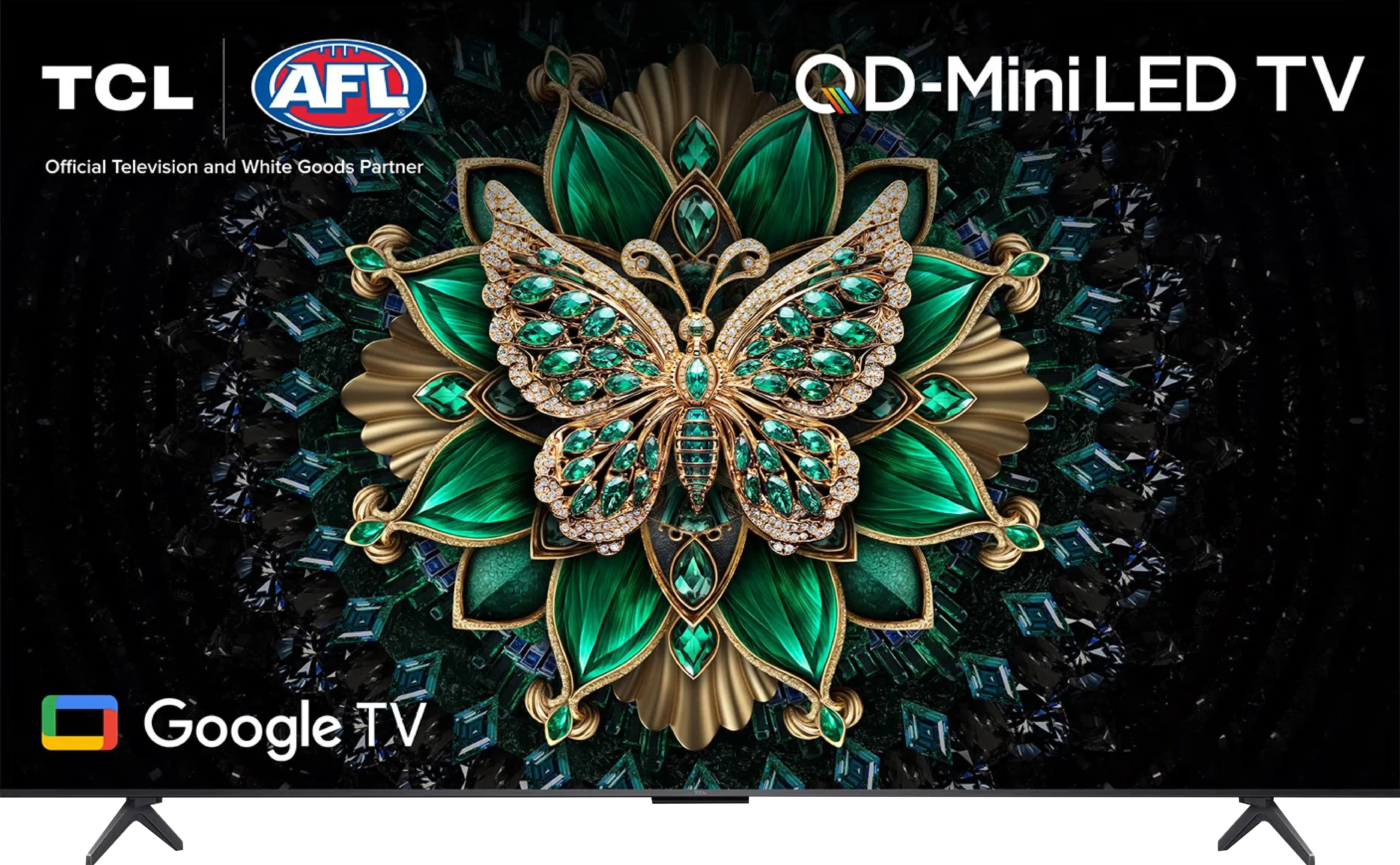
Panel type: WRGB OLED
Resolution: 3840x2160
System: WebOS
Model year: 2024
Complete the survey to find out the result

Panel type: LCD VA
Resolution: 3840x2160
System: Google TV
Model year: 2025
Complete the survey to find out the result

Overall rating
8.1
7.1
Movies and series in UHD quality
8.1
6.7
Classic TV, YouTube
8.8
6.6
Sports broadcasts (TV and apps)
8.6
6.3
Gaming on console
9.3
8.4
TV as a computer monitor
7.6
8.6
Watching in bright light
5.7
6.4
Utility functions
8.9
7.0
Apps
9.1
9.6
Sound quality
7.1
6.5
Complete the survey to find out what fits your preferences
Advantages
Reference colour reproduction after calibration
Very good image compliance with the director's intentions
Excellent compatibility with consoles and PCs
Advanced motion smoothing system
Deep and vivid image
Developed WebOs system and "mouse" remote
Very good contrast and black levels: VA panel and MINI-LED backlighting
Good motion smoothness: High refresh rate of 144Hz
Decent panel brightness
Many features for gamers: VRR, ALLM, HDMI 2.1, HGiG
Additional mode for PC gamers: 240Hz
GoogleTV system with a wide selection of apps
Support for multiple HDR formats including Dolby Vision
Support for Dolby Atmos and DTS
Very attractive price
Disadvantages
Visible tonal transitions
Management of the backlighting could be better
Language errors in the system
Our verdict
TCL C6K is a TV for those who want to combine gaming and watching movies with good contrast, all without breaking the bank. With its VA panel illuminated by Mini-LED, blacks are deep and contrast is high, making evening viewings look truly impressive. Additionally, it boasts decent brightness, which paired with Dolby Vision gives films a cinematic quality. Importantly, the smoothness of the image – the 144Hz refresh rate works wonders for sports and dynamic games, and gamers receive a full package of bonuses: VRR, ALLM, HDMI 2.1, HGiG, and even a 240Hz mode in PC. For daily use, the TV is powered by Google TV, which offers a multitude of apps and the Gemini AI voice assistant, making navigation convenient and flexible. It's also worth mentioning the sound – support for Dolby Atmos and DTS gives the impression that the device is ready not just for gaming. As is often the case, there are a few things that could be improved. The backlighting in challenging scenes can lose details or wash out blacks, and the Polish translations in the menu can be so clumsy that you really have to think about what’s being said. Despite this, the overall package holds up very well, and considering the price, the TCL C6K could be one of the more interesting choices for anyone looking for a versatile TV for movies, sports, and gaming. Especially when a good promotion comes along – and when TCL traditionally fine-tunes the details in updates.
TV appearance




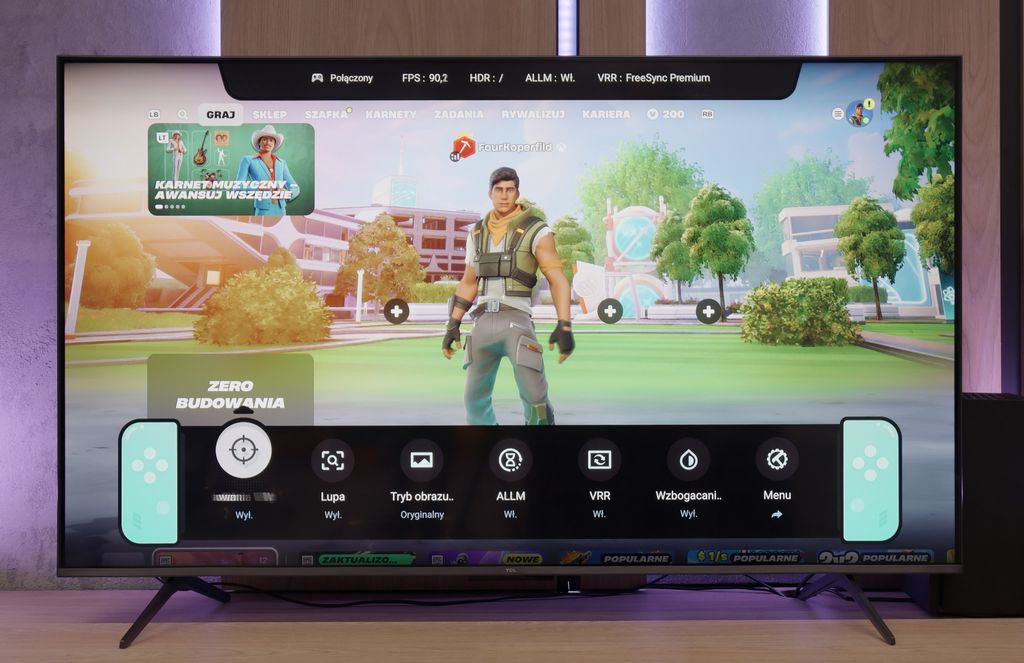
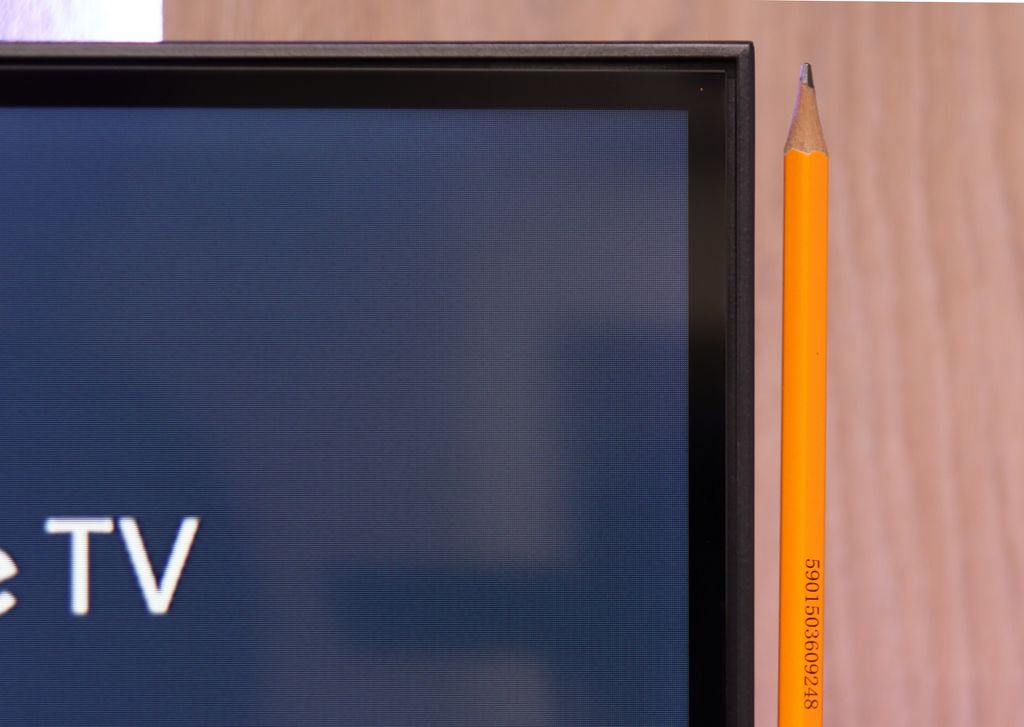
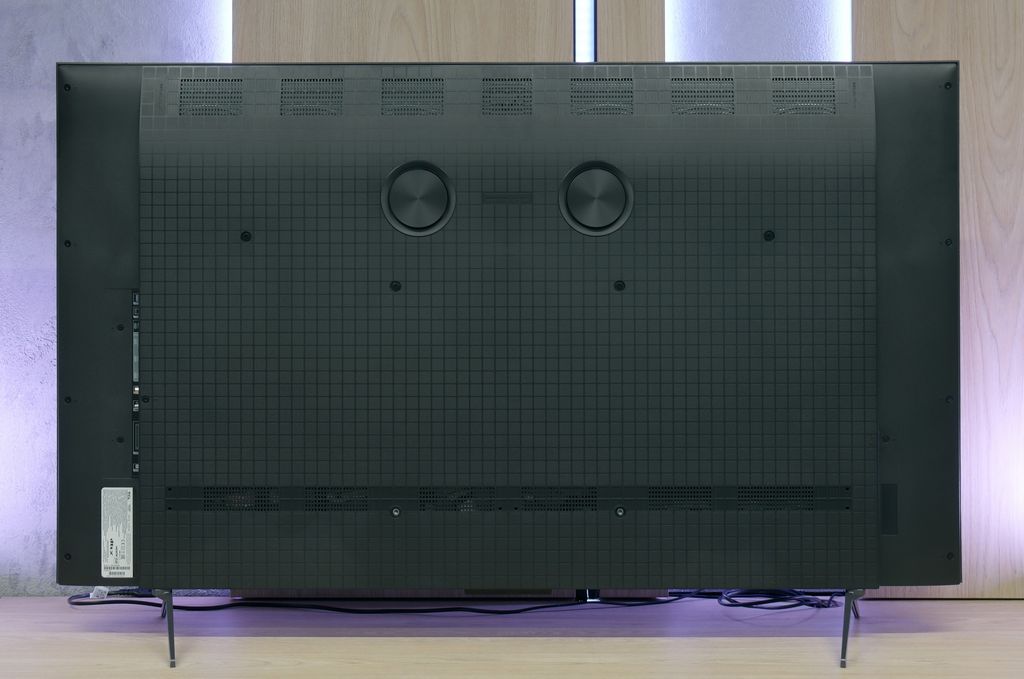
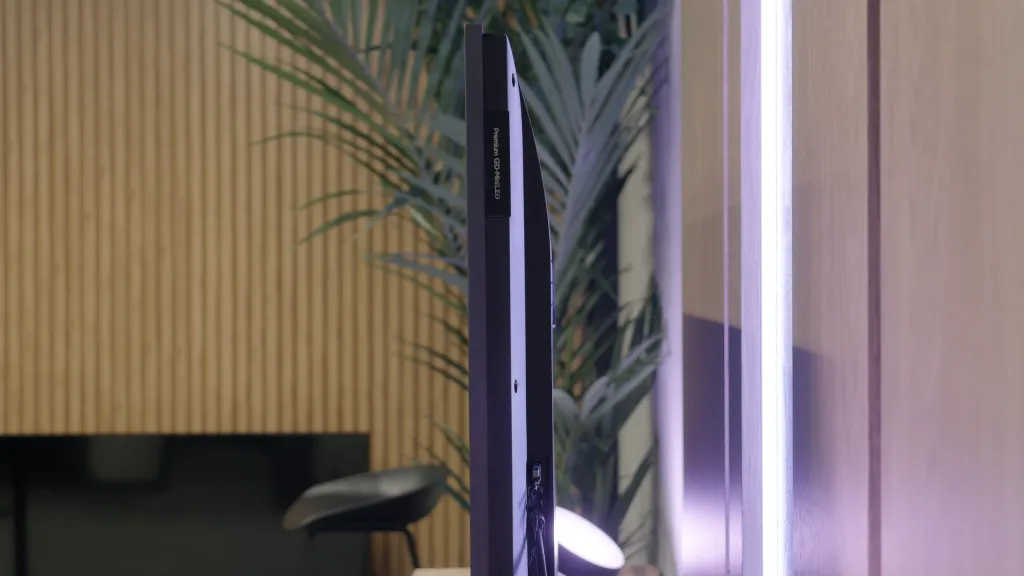
Contrast and black detail
10/10
7.3/10
Local dimming function: Yes, number of zones: 180 (10 x 18)
Contrast:

Result
∞:1

Result
∞:1

Result
∞:1

Result
∞:1

Result
∞:1

Result
114,000:1

Result
17,300:1

Result
16,200:1

Result
9,900:1

Result
4,850:1
Halo effect and black detail visibility:

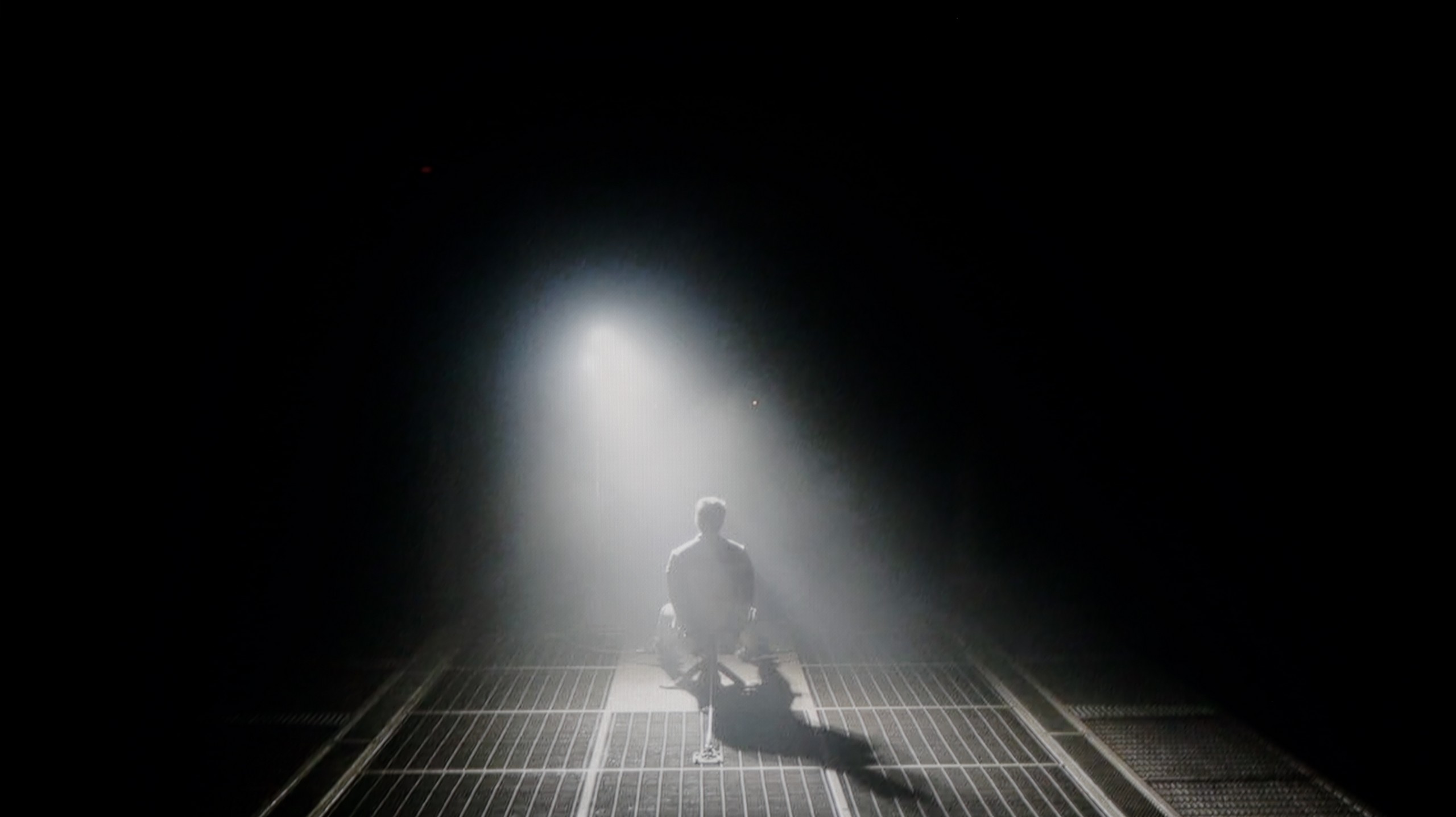
LG B4 uses OLED panels produced by LG Displays. The use of this type of panel gives us perfect contrast and black levels. Thanks to these conditions, the image is incredibly three-dimensional, almost as if it were three-dimensional. The manufacturer's series with the letter "B" has always been the ideal solution for those seeking very good image quality while not wanting to pay extra for features that are only available in higher series. Therefore, these models have been somewhat of a dark horse in this price range, as their competitive pricing primarily allowed them to compete with Mini LED televisions. It’s not hard to say that these models have won these battles due to the absence of characteristic flaws found in LCD receivers with multi-zone backlighting, such as blooming/halo effects or dimming of images with fine bright details. And as we can see in the test scenes from the films "Oblivion" and "Sicario 2," the image quality stands at the highest level. Looking at the first one, we see a spectacular play of lights that, despite their brightness, are perfectly separated from each other. Even the more difficult scene with the helicopter poses no problem for LG B4, showcasing a wealth of detail and the specific colour grading characteristic of this title.
The TCL C6K is based on a VA panel, specifically an HVA produced by TCL CSOT, which already delivers a solid native contrast of 6000–7000:1 without the use of local dimming. However, the true strength of this model lies in its Mini-LED backlighting with the ability to dim individual zones. In the tested 55-inch version, we counted around 180 zones, and as the diagonal size increases, this number naturally grows. For a television in this price segment, the contrast is truly impressive. In simpler film scenes, such as segments from 'Oblivion', it looks fantastic, and shots completely filled with black make a great impression. Of course, due to the characteristics of Mini-LED technology, it's not always possible to avoid issues – in more challenging frames with many bright details, halo effects can appear, or some elements may be dimmed too strongly (regardless of local dimming settings). Nevertheless, the contrast can be regarded as a strong point of the C6K.
HDR effect quality
6.3/10
4.9/10
Luminance measurements in HDR:

Result
664 nit

Result
650 nit

Result
677 nit

Result
662 nit

Result
410 nit

Result
612 nit

Result
202 nit

Result
424 nit

Result
144 nit

Result
587 nit
Scene from the movie “Pan” (about 2800 nits)


Scene from the movie “Billy Lynn” (about 1100 nits)


Static HDR10


Dynamic: Dolby Vision
Dynamic: Dolby Vision


HDR luminance chart:
TCL C6K
HDR luminance
LG 55 B4
HDR luminance
Luminance of RGB colors
The brightness results in HDR materials LG B4 are very good. It is true that none of them exceed 1000 nits, although the luminance stability is excellent and looks practically the same in every scenario. The only moment where the tested television performs worse is the last scene, although this should not come as a surprise. Large frames filled with a lot of white have always been, and will likely continue to be, somewhat of a weakness for OLED televisions. However, the combination of perfect contrast, black levels, and brightness in the LG B4 allows for a full spectrum of the HDR effect. Additionally, the incredibly high coverage of the DCI-P3 colour gamut, which reached 99%, deserves recognition. As a result, colours look incredibly vibrant and stunning.
TCL C6K is a moderately bright television that can showcase its full capabilities in the best movie conditions – the maximum brightness is around 600 nits. In scenes with large, intense light sources, the HDR effect can be truly satisfying, providing a sense of cinematic sparkle. However, it's important to remember that with local dimming management, there are situations where some elements become dimmed, and sometimes even barely visible. It is clear that there is a lack of proper optimization of the algorithms, although looking at the technical parameters in this price range, the build quality performs very well.
Factory color reproduction
8.4/10
5/10


Factory Mode
After calibration


Factory Mode
After calibration
The best factory mode prepared by the manufacturer is "Filmmaker," and we used it throughout the entire testing procedure. We must admit that the unit we received straight out of the box had quite decent colour reproduction. The biggest issue in both SDR and HDR content turned out to be white balance. In the former, there was a strong dominance of red, resulting in a noticeable yellow tint in the displayed image, particularly evident on skin tones and whites. In high-quality materials, this colour was also pronounced, but due to a lack of blue, there were also signs of green visible. Besides these shortcomings, we also encountered issues with greyscale and the colours themselves.
This year's TCL televisions have introduced the Filmmaker mode, and it must be said that it is definitely the best choice right out of the box. This is the mode we recommend for everyday viewing of movies and series. Unfortunately, as is often the case, the best does not mean perfect. In the case of SDR content, the image was too warm, as the red was quite prominent in the white balance. On the other hand, with HDR content, we had the opposite impression – the image became cooler than it should have been, due to an excess of blue. There is also the brightness characteristic, which at times led to overexposure. In practice, these issues combined resulted in quite noticeable errors in colour tests, which are hard to accept in a mode advertised as “by the creators”.
Color reproduction after calibration
9.3/10
7.5/10



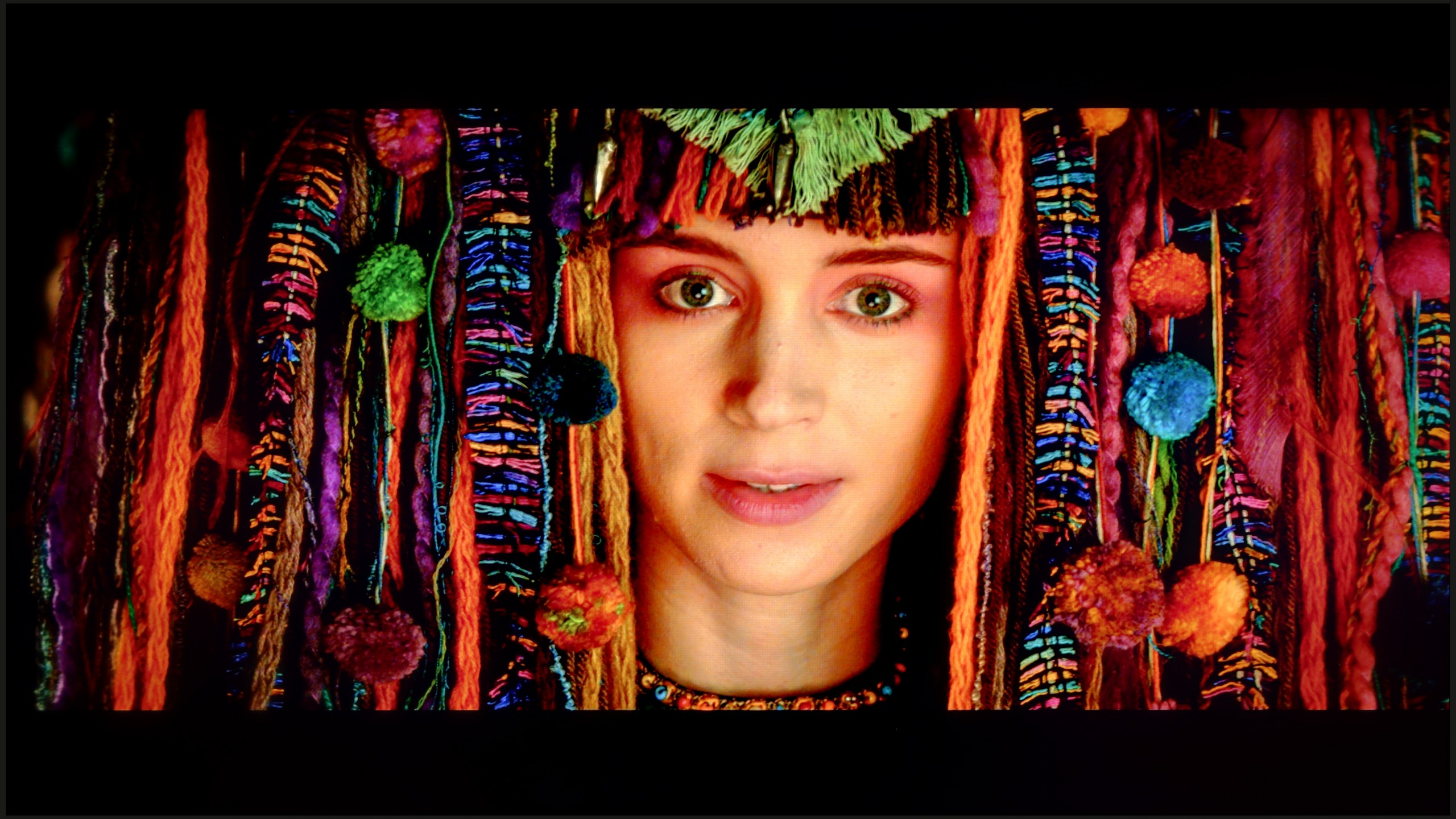
LG B4 has been providing very advanced calibration tools in its TVs for years. We can even say that as the only manufacturer on the market, it allows for such deep intervention in image adjustment. Thanks to these, we were able to calibrate the device so well. The evidence of this is the extremely low deltaE errors, which can be said to stand at a reference level. Both SDR and HDR materials now look exactly as the film director intended. It is no coincidence that TVs of this brand are most often used as preview screens for various graphic or post-production studios.
Thanks to the white balance adjustment, we were able to significantly reduce the C6K's tendency to distort colours, which resulted in a very good end result. After calibration, we won't observe the effect of excessive warming of scenes in SDR or overly cooling the image in HDR. However, it is worth taking a closer look at the brightness characteristics. In SDR content, it's hard to have major objections – the picture looks really good, especially in older movies, TV shows, or material from YouTube. It performs significantly worse with HDR content. An analysis of the EOTF curve suggests that everything is fine, but in practice (EOTF in movies), the limitations of the construction become apparent. The television tends to excessively brighten the smallest fragments of the frame, and in other situations, it can overly dim the entire scene. The effect of calibration is therefore noticeable, and regarding colourimetry, the C6K has really gained a lot, but certain limitations resulting from local dimming and actually from its management by the C6K simply cannot be overlooked.
Smoothness of tonal transitions
7.4/10
9.5/10

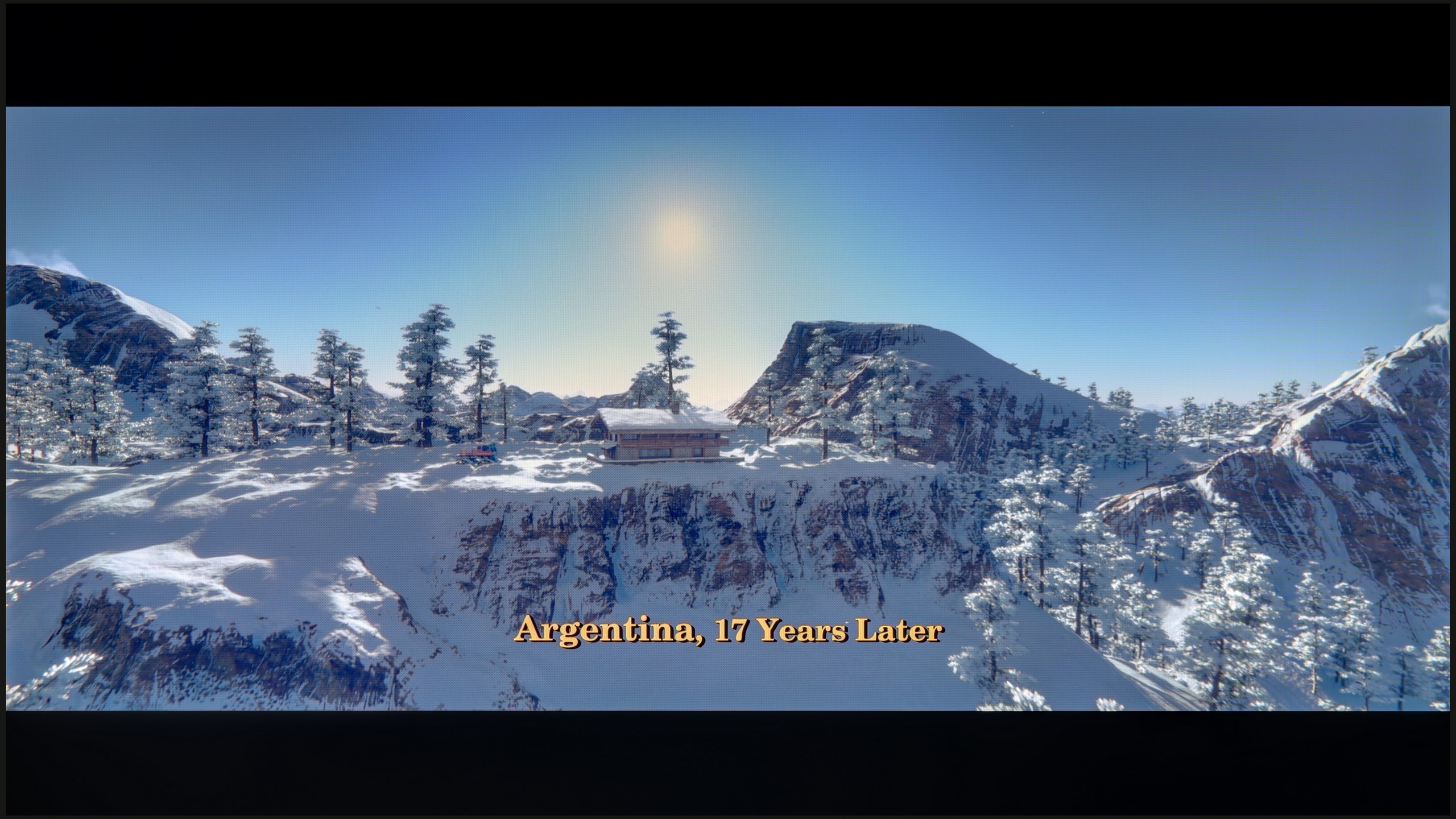



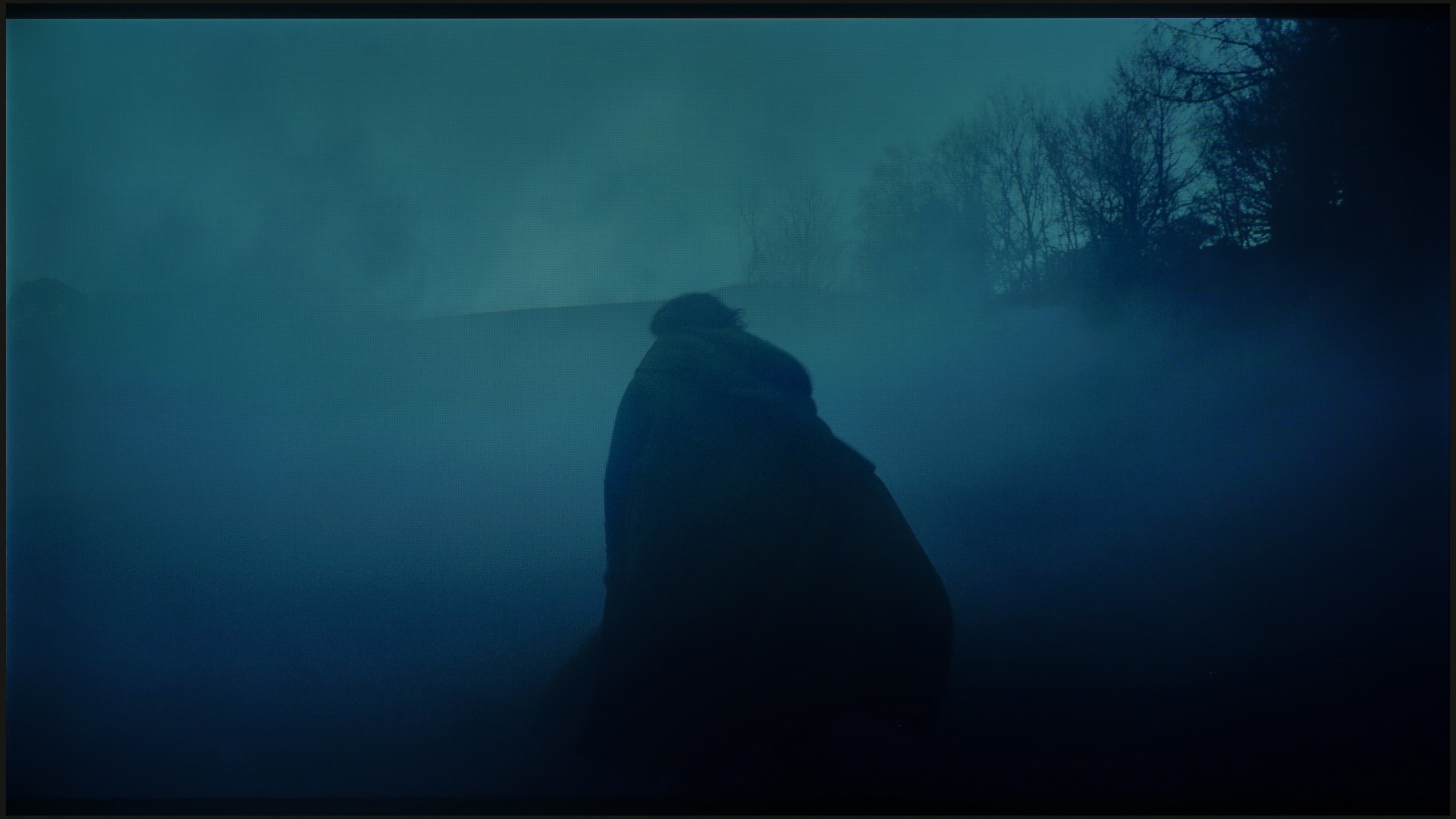






The smoothness of tonal transitions, often overlooked in various tests on competitive portals, is an equally important aspect of image quality assessment. It is particularly crucial when watching materials that feature a wealth of colours and many intricate effects, where textures blend together. This often leads to what's known as colour banding, or a lack of smooth gradation. The tested television handles tonal transition smoothing quite well. However, it's worth noting that it has its weaker moments, such as the bright colourful sky in the film "Kingsman" or "The Martian." These, however, are not issues that detract from the viewing pleasure. Therefore, we assess the quality of tonal transitions in LG B4 positively.
The transitions between colours in the C6K are very smooth, and it’s hard to nitpick any banding. The image looks natural, and any minor imperfections can only be noticed on bright test patterns – and only with really careful viewing. In everyday use, the effect is simply fantastic, and it’s safe to say that in this category, the C6K performs outstandingly.
Image scaling and smoothness of tonal transitions
7.9/10
5/10
Smooth transition function

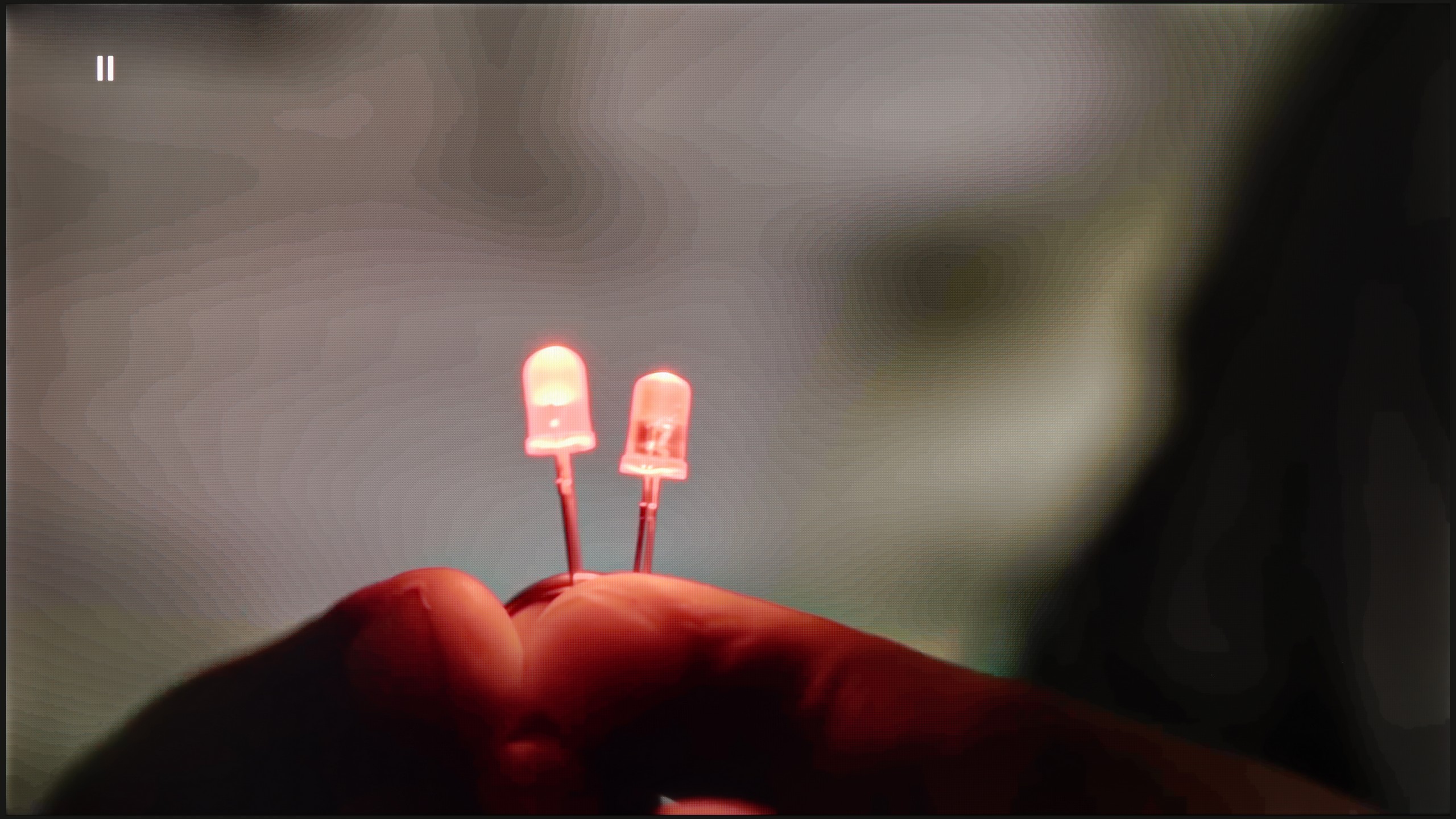
Image without overscan on the SD signal


In this paragraph, we will take another look at the tonal transition smoothing feature, but we will also check how the TV handles lower quality material. As we have managed to check, the setting responsible for smooth gradation works quite effectively, although it has its weaker moments. While the feature works well with SDR content, it becomes less useful with HDR content. Even at the lowest of options, it blurs essential details, so we advise against using it.
The image scaling on LG B4 is rated fairly moderately positively. Although there is no edge splitting, the image itself is naturally "soft". We can change this by adjusting the sharpness slider.
TCL C6K performs quite well in terms of upscaling. Lower quality materials appear acceptable, and the absence of overscan issues means the image is displayed in full, without cropping. However, one cannot expect miracles – very low quality content won't come to life here, as the image processor has its limitations. On thin lines or details, there is characteristic tearing visible, which indicates a lack of advanced image enhancement algorithms. It is also a shame that the C6K lacks the function of smoothing tonal transitions – in older films or video materials, colour banding can be noticeable and may be distracting during longer viewing sessions.
Blur and motion smoothness
8.5/10
7.3/10

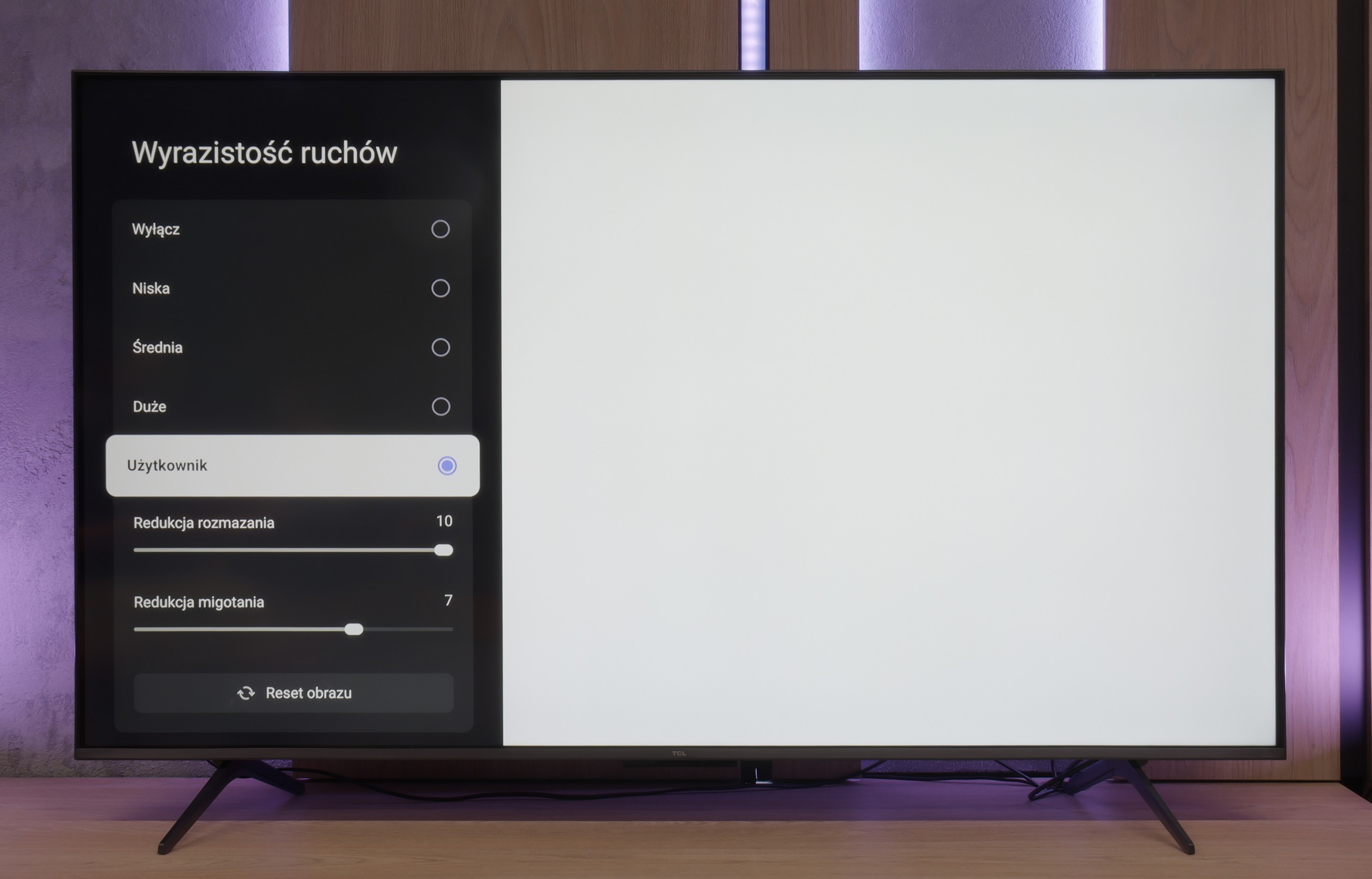
Blur (native resolution, maximum refresh rate):



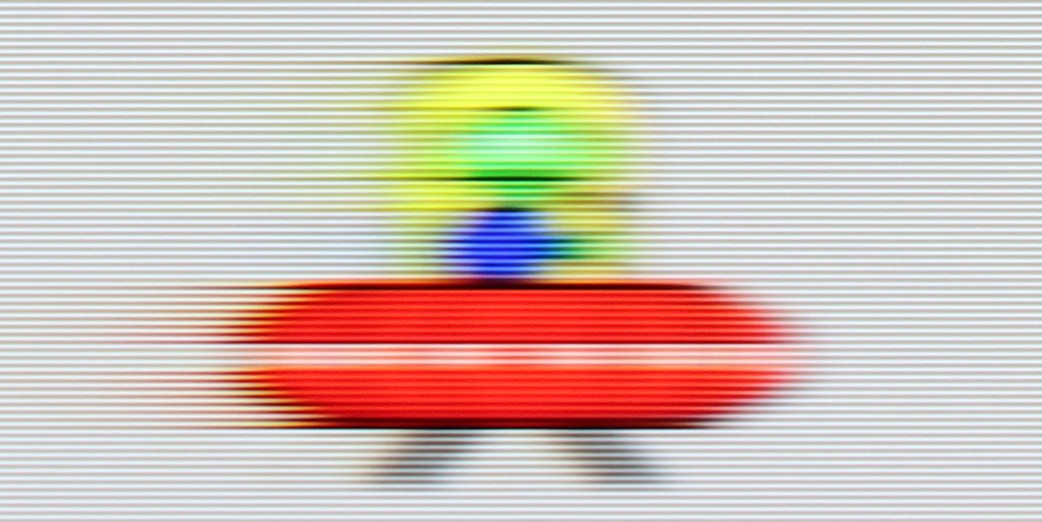
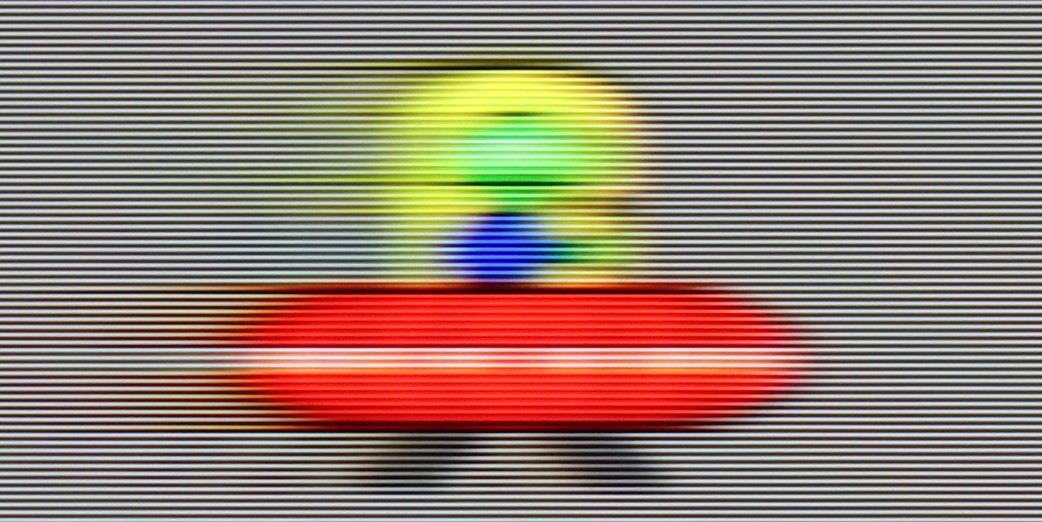
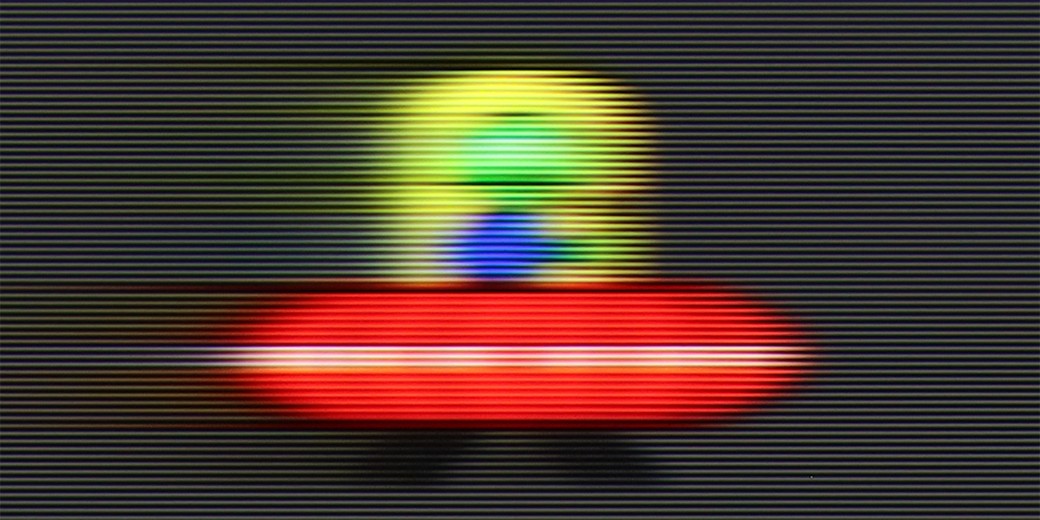
Blur (BFI function enabled):




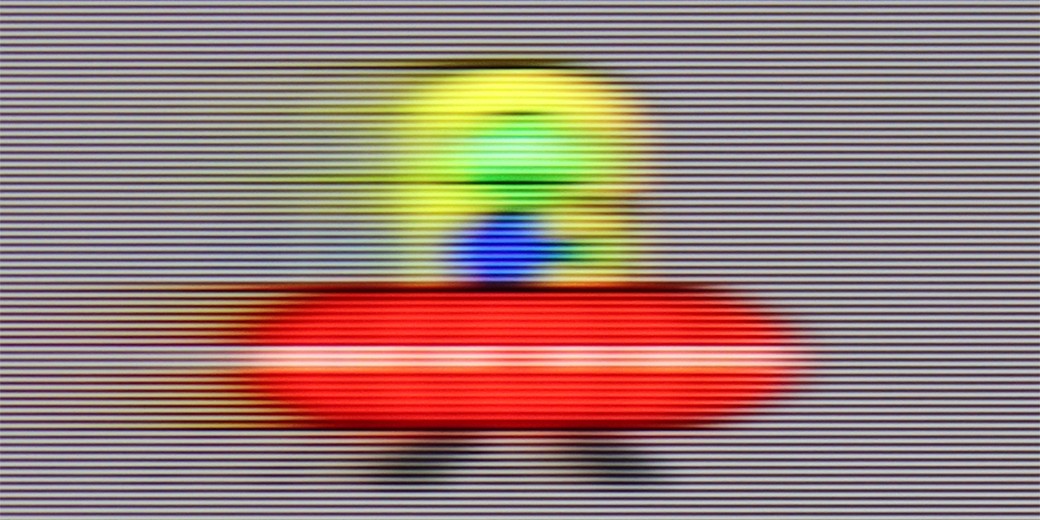
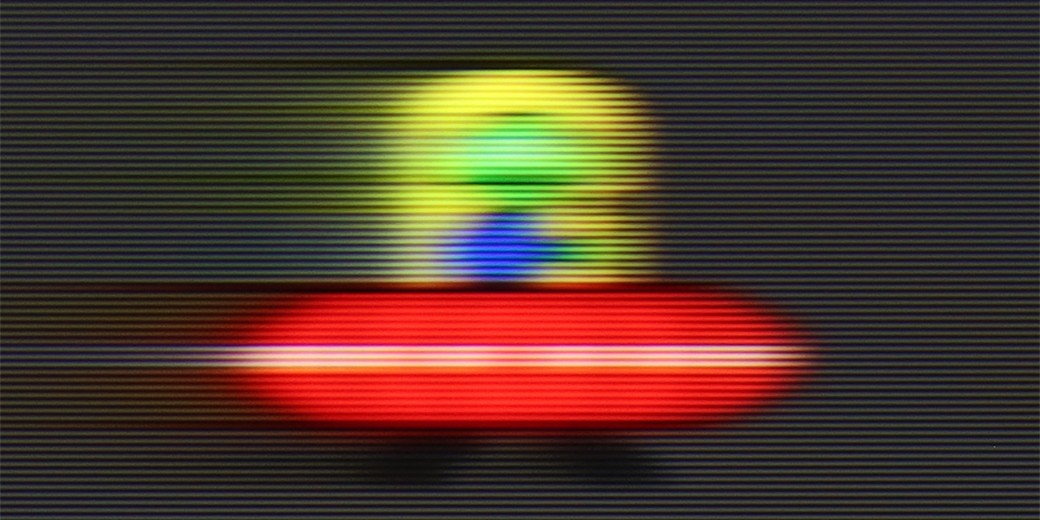
The maximum refresh rate we can set on the LG B4 is 120 Hz. This is the absolute minimum for those who require high image smoothness. The manufacturer has implemented a multi-level motion smoother called "TruMotion". It has been divided into two separate sliders that adjust the sharpness of moving images (De-Blur) and stuttering (De-Judder). Both sliders can be set in the range from 0 to 10, with each level affecting the degree of smoothness, so everyone can find their sweet spot.
The LG OLED B4 panel features an average response time of 0.1 ms (which directly results from our measurements), allowing for an incredibly clear image, unattainable for LCD TVs, which have response times of even several milliseconds. This can be clearly seen in images from the "UFO Test", showing no trace of blur trailing behind the object.
TCL C6K uses a 144 Hz panel, which is a significant advantage in this price range. It's an important step forward in comparison to the previous model C655 PRO, which only offered 60 Hz in 4K. The difference is especially noticeable when watching sports or playing games – the ball, players, or fast action in the game are displayed more clearly and without losing detail. An interesting fact is the panel's ability to operate at 240 Hz, which the manufacturer doesn't mention in official materials. We will return to this topic when discussing the PC gaming mode.
TCL has also added a feature for movie watchers: "Motion Clarity," which allows users to adjust the image according to their preferences with two simple sliders. You can either keep the visible film frame or opt for a very smooth, almost theatrical effect. This way, everyone can find settings that match their taste.
Console compatibility and gaming features
10/10
9.8/10
- ALLM
- VRR
- VRR range40 - 120Hz48 - 240Hz
- Dolby Vision Game Mode
- Correct implementation of HGIG
- 1080p@120Hz
- 1440p@120Hz
- 4K@120Hz
- Game bar

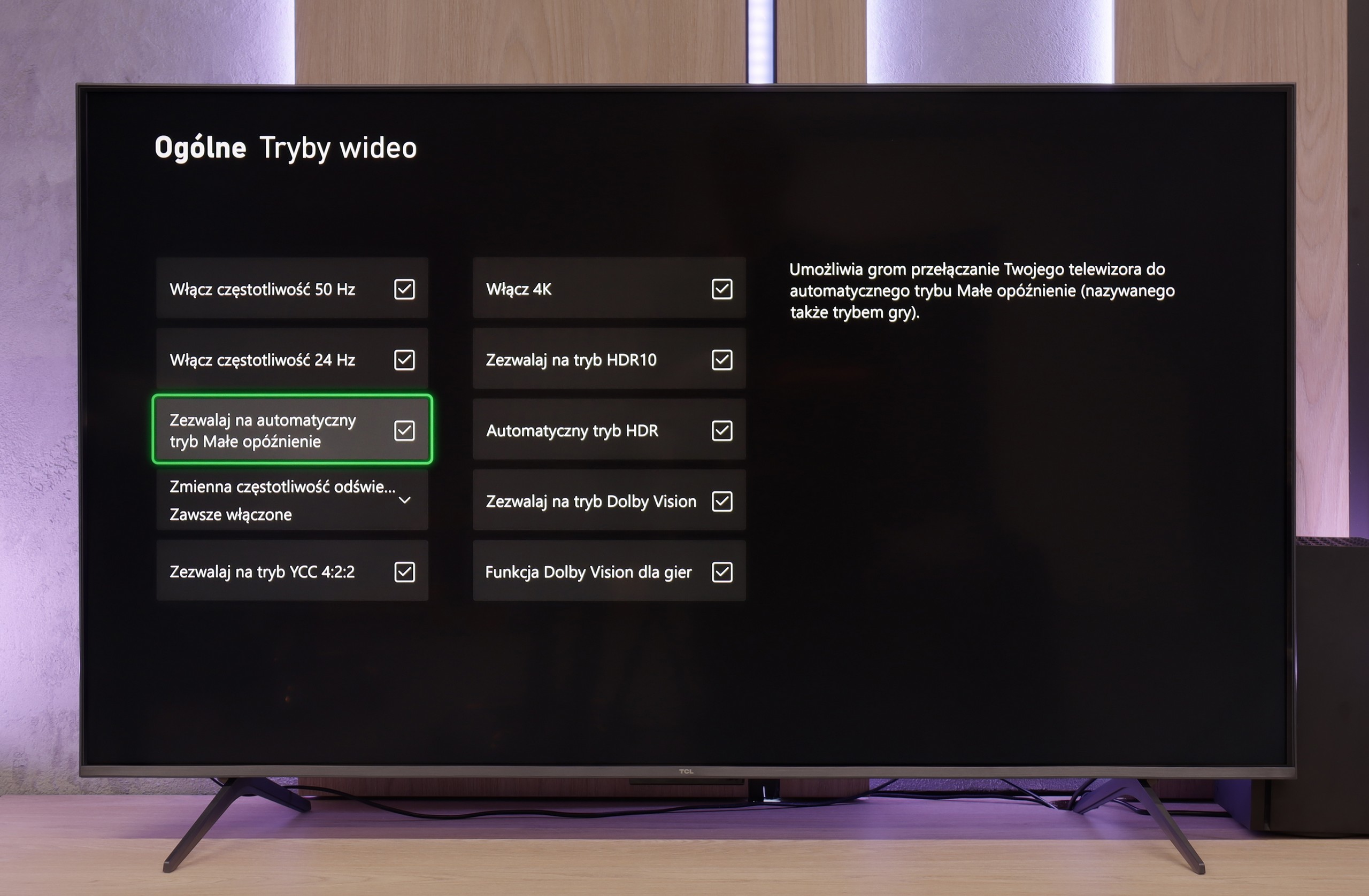

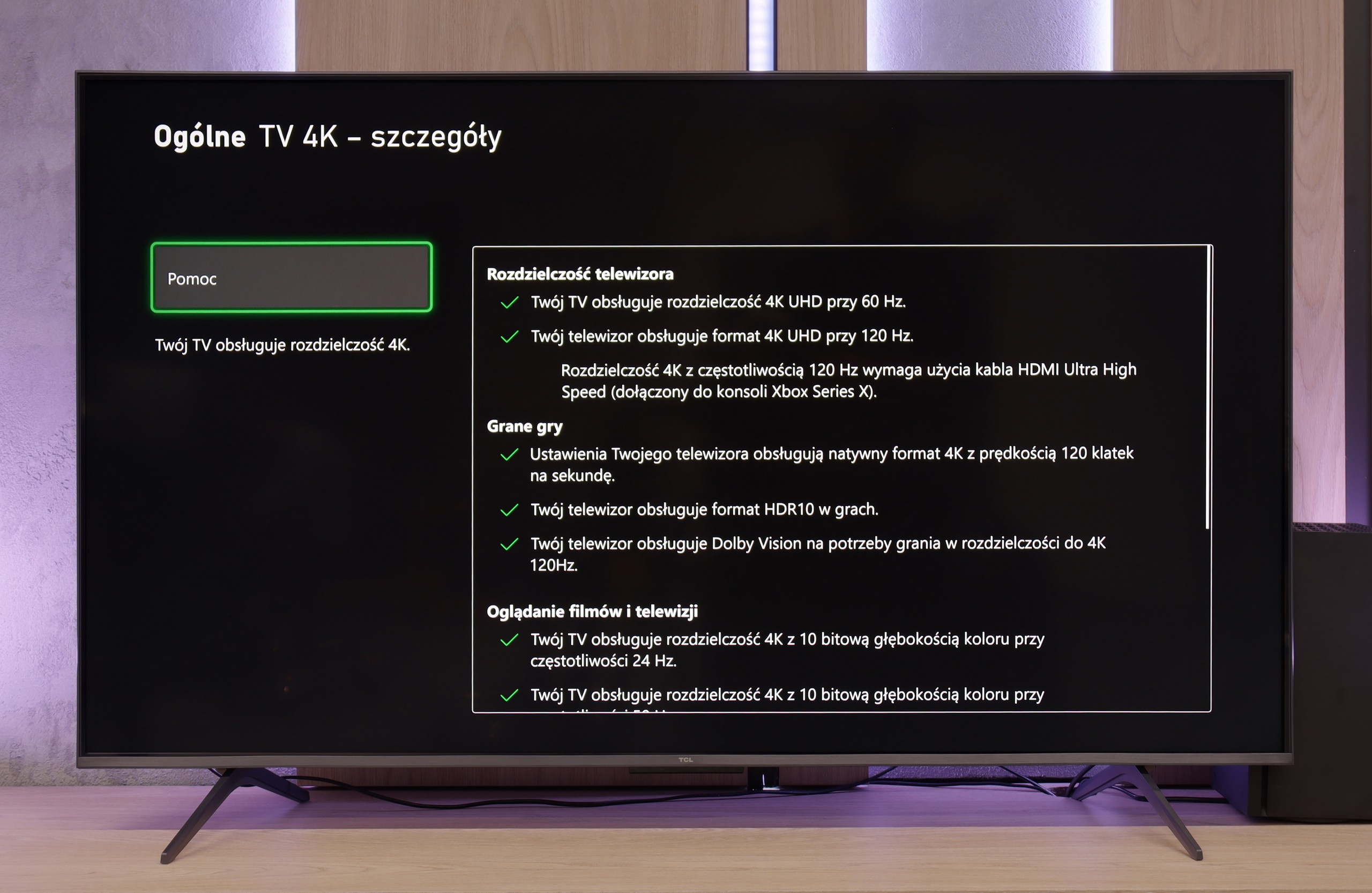

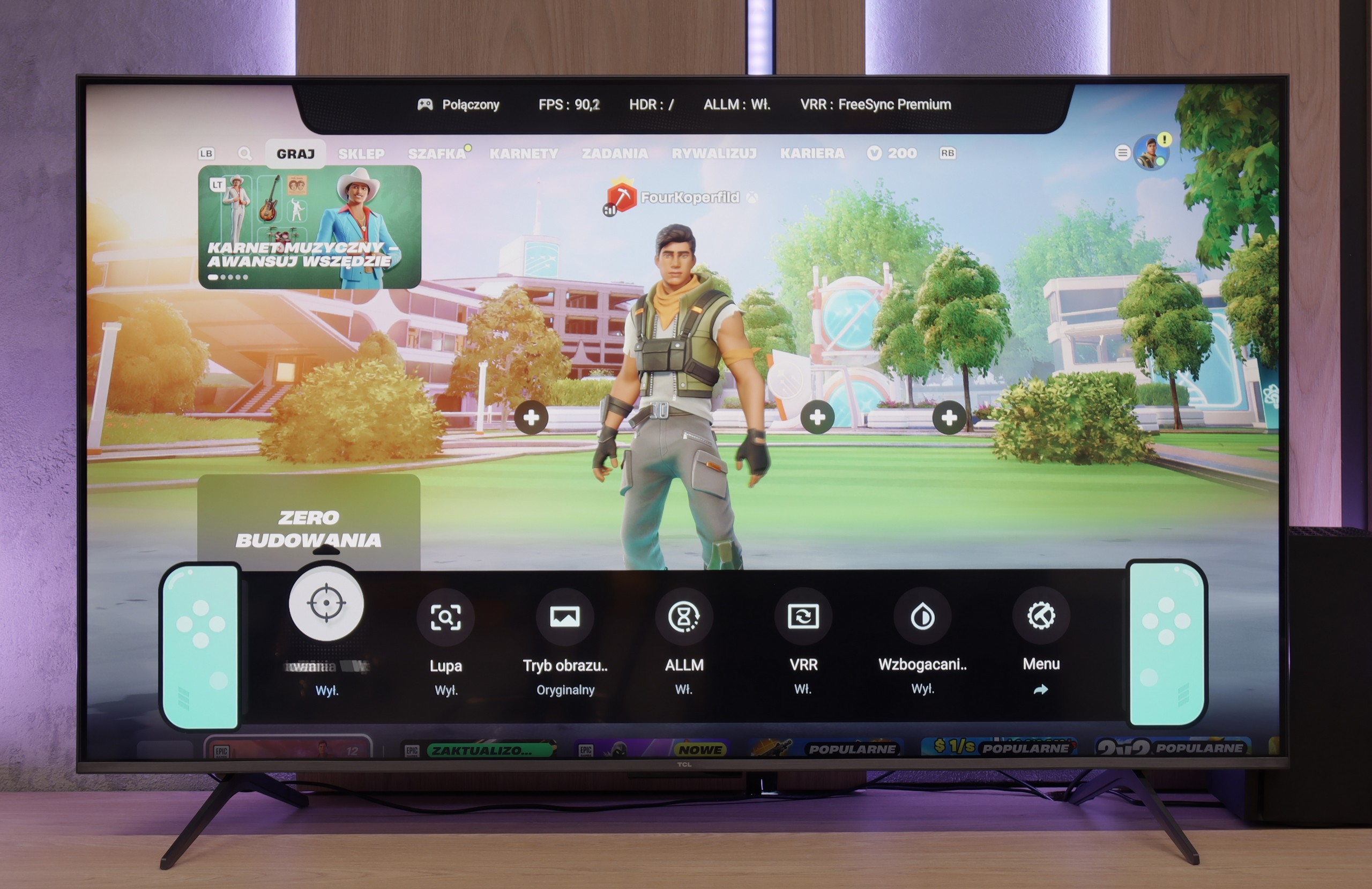

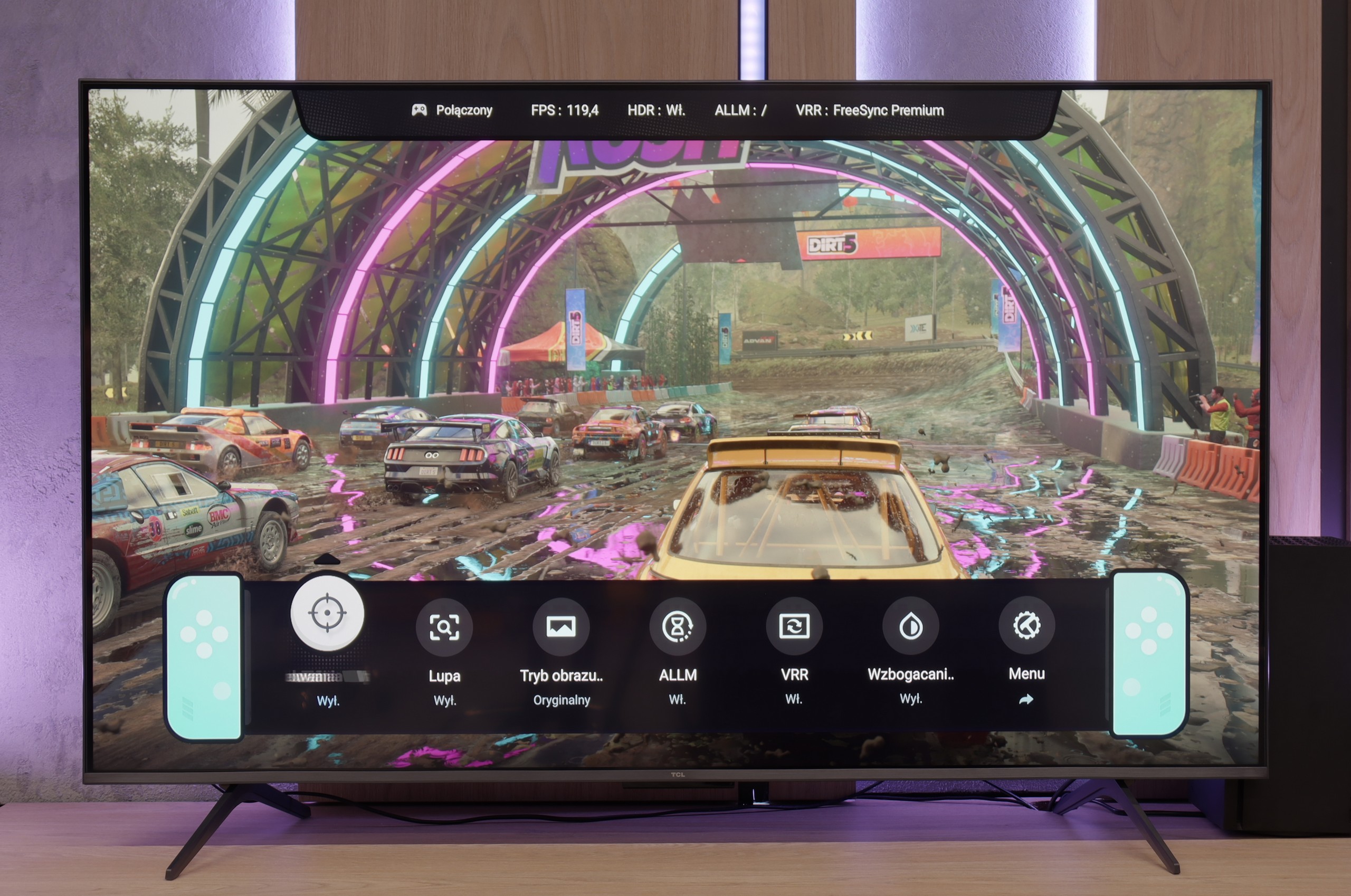
The LG B4 television is equipped with four full-fledged HDMI 2.1 ports with a full bandwidth of 48Gbps. All functions corresponding to this standard activated without any issues, and throughout the entire testing procedure, they caused no problems. The combination of such extensive functionality and low input lags leads us to say that the tested television is truly designed for gaming. This is not surprising, considering that the manufacturer has always placed great emphasis on this. Therefore, we can enjoy both a properly implemented HGIG mode and gameplay in Dolby Vision with low latency. Such a tandem will surely attract the attention of all passionate gamers for whom quality is the most important.
A standard feature in televisions from the Korean manufacturer is also the implementation of GameBar, allowing for quick adjustments of settings "on the fly," without the need to exit the game. It also enables image adjustments for individuals with visual impairments, which is an extremely nice touch. Another important piece of information is that when the VRR technology is turned on, we will not experience a drop in contrast. This is, of course, due to the construction of the panel and the lack of conventional backlighting. However, it is normal for shades of grey to flicker slightly, although this is a characteristic feature of this function regardless of the manufacturer and the television.
In summary: The LG B4, like all OLEDs from the manufacturer equipped with 120Hz panels and HDMI 2.1 ports, creates a harmonious whole with the console. In practice, it is a complete television, and if we expect the highest possible efficiency in gaming, the B4 will be the ideal choice.
The TCL C6K is a television that can confidently be called equipment designed for gamers. We have 4K at 144 Hz, VRR support, an automatic gaming mode (ALLM), and Dolby Vision Gaming. On top of that, there's a practical Game Bar, which is a panel with the most important settings handy – useful when we want to quickly change something during gameplay (e.g. screen ratio: Yes, you can!). Notably, it has a wide range of VRR, reaching up to 240 Hz. However, this option is mainly for PC gamers who drop below the native 4K resolution. In that case, the television can spread its wings and show additional smoothness, especially in fast e-sport titles. For consoles, we stick with the classic limit of 120 Hz, but the possibilities are still quite broad. The only slight drawback is some minor motion blur that can occasionally be seen in dynamic scenes. Other than that, the C6K offers everything gamers expect from a television.
Input lag
10/10
9.7/10
SDR
HDR
Dolby Vision
Delay times for LG B4 are incredibly low in every scenario. Even the most passionate gamers will certainly appreciate the very low input lag of just 5 ms at demanding settings of 4K 120 Hz with HDR. It's also worth noting that the latency at the same settings, but with Dolby Vision HDR enabled, remains unchanged, which is not as obvious with the competition. Therefore, it deserves the highest rating and recommendation.
In terms of input lag, the TCL C6K performs excellently. With 120 Hz content, the delay is around 10 ms, and at times even less. This is at a level where the response is practically instantaneous, and it’s hard to find any complaints. For 60 Hz materials, the result is around 18 ms – still a very good result, more than adequate for comfortable gaming.
Compatibility with PC
7.6/10
8.6/10

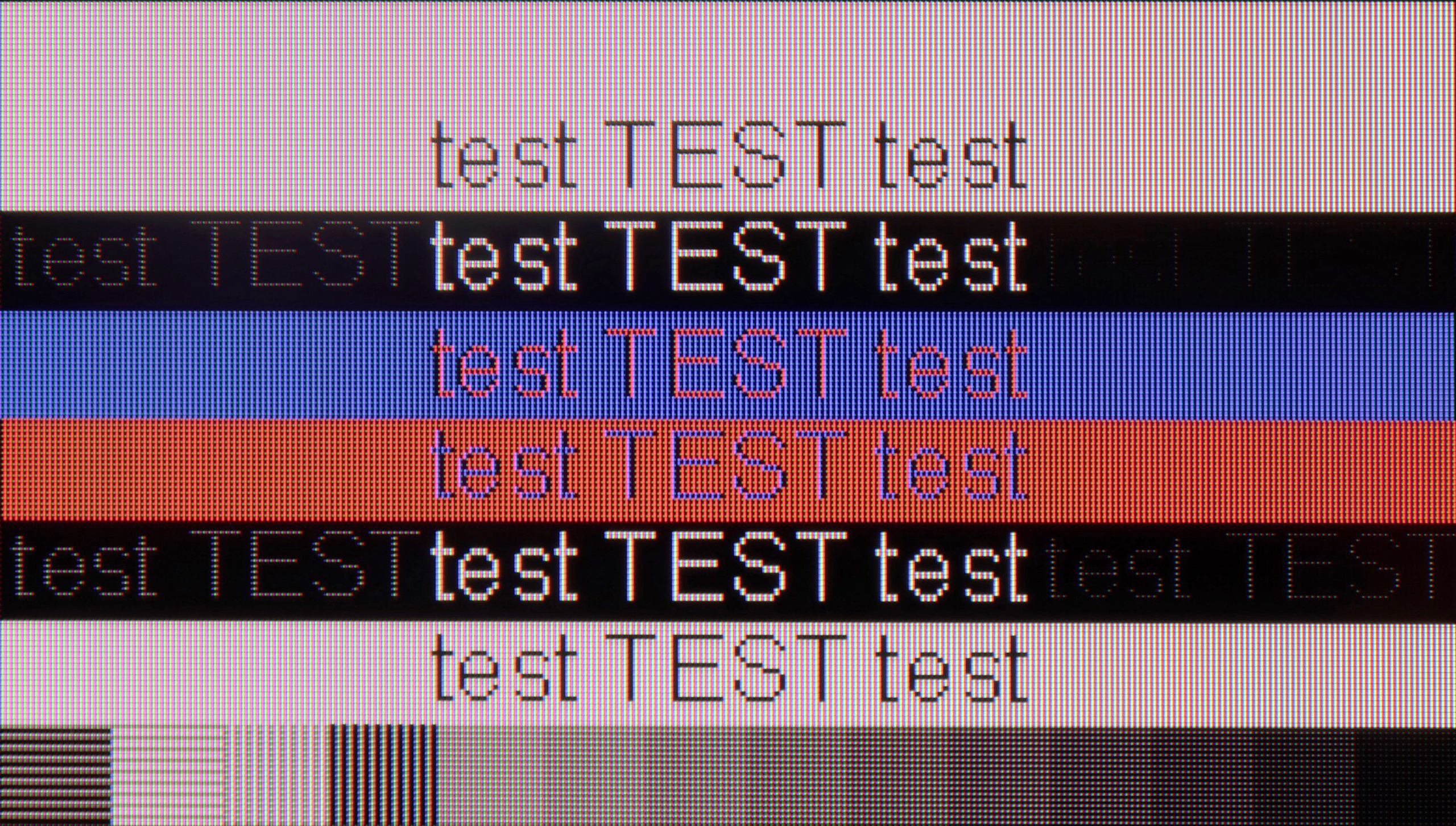
LG B4 paired with a PC performs excellently due to its very low latency of just 13.5 ms, which is virtually instant response between the mouse, the eye, and the screen. A crucial aspect of working on a display is readability, which in the case of the tested television is very good. However, it's worth noting that to achieve sharp fonts, you need to enable the passthrough option in the settings.
The RWBG pixel layout does not significantly affect the display of fonts or letters, which is a notable advantage over Samsung's QD-OLED matrices. Users of both Windows and macOS equipped computers will certainly be pleased with the performance on the tested television screen.
After connecting the TCL C6K to the computer, it performs excellently. At native resolution, we have 4K at 144 Hz, and if we lower the resolution, we can even achieve 240 Hz. Additionally, the TV works well with Nvidia and AMD cards – it supports both G-Sync and FreeSync. It’s also hard to fault for office work. Fonts are sharp and readable thanks to 4:4:4 chroma support, and any minor imperfections are so negligible that they're simply not noticeable in regular use.
Viewing angles
7.4/10
3/10
The undeniable advantage of OLED panels is their efficiency in group viewing, meaning from different angles. LG B4 maintains very good contrast, colour saturation, and fidelity. While it may not match organic TVs supported by MLA technology, it cannot be said that anyone who purchases the device has been dissatisfied with the results. However, it should be noted that at sharp angles, a slight greenish tint can be observed. This is a characteristic feature of WRGB panels from LG, without the aforementioned micro-lens technology, and unfortunately, there is nothing that can be done about it.
In the TCL C6K, the viewing angles are typical for VA panels. Sitting directly in front, the picture looks very good, but any movement to the side results in a noticeable drop in colour saturation and brightness. The difference is particularly evident in colourful scenes – the hues become washed out, and the contrast loses its depth. Compared to IPS panels, this is clearly a weaker result, although the better black levels and higher native contrast remain a compensating factor – "you win some, you lose some".
TV efficiency during daytime
5.7/10
6.4/10

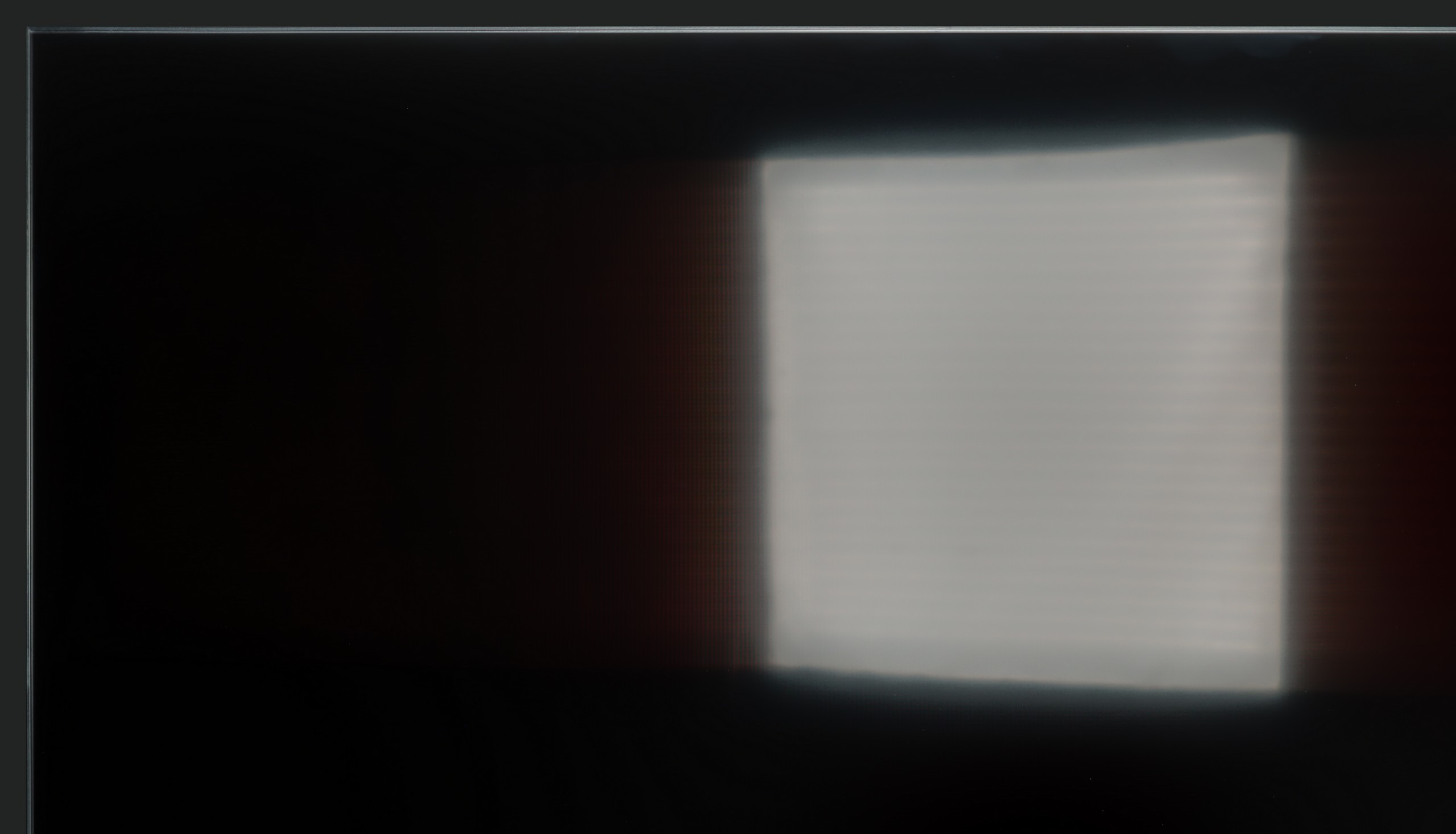


Matrix brightness
Average luminance SDR
TCL C6K: 532 cd/m2
LG 55 B4: 374 cd/m2
The maximum brightness of the TV in SDR materials is 370 nits. For an OLED TV, this is a very good result, allowing for quite comfortable viewing during the day. There are two things worth noting. The first is the rather average handling of reflections caused by the satin finish of the panel, which means that direct light hitting the TV can be quite intrusive. The second issue is the screen brightness at 100% white fill, hovering around 260 nits, which is an outstanding result, as until recently, OLED TVs in this range could "boast" a brightness two times lower. This means that conditions for watching, for example, winter sports, will be very good.
TCL C6K performs quite well in bright lighting conditions. The panel offers decent brightness – achieving around 550 nits in SDR content, which allows for comfortable viewing in a moderately lit lounge, even on days with strong light coming through the windows. This means that daytime viewing does not require complete darkening of the room. It's also worth noting that the screen coating does quite a good job of reducing reflections, so the TV doesn't turn into a "mirror" even with bright lighting. However, this is not on the level of top models with more advanced anti-reflective coatings – in very challenging conditions, such as large windows, reflections will be noticeable.
Details about the matrix
Subpixel Structure:
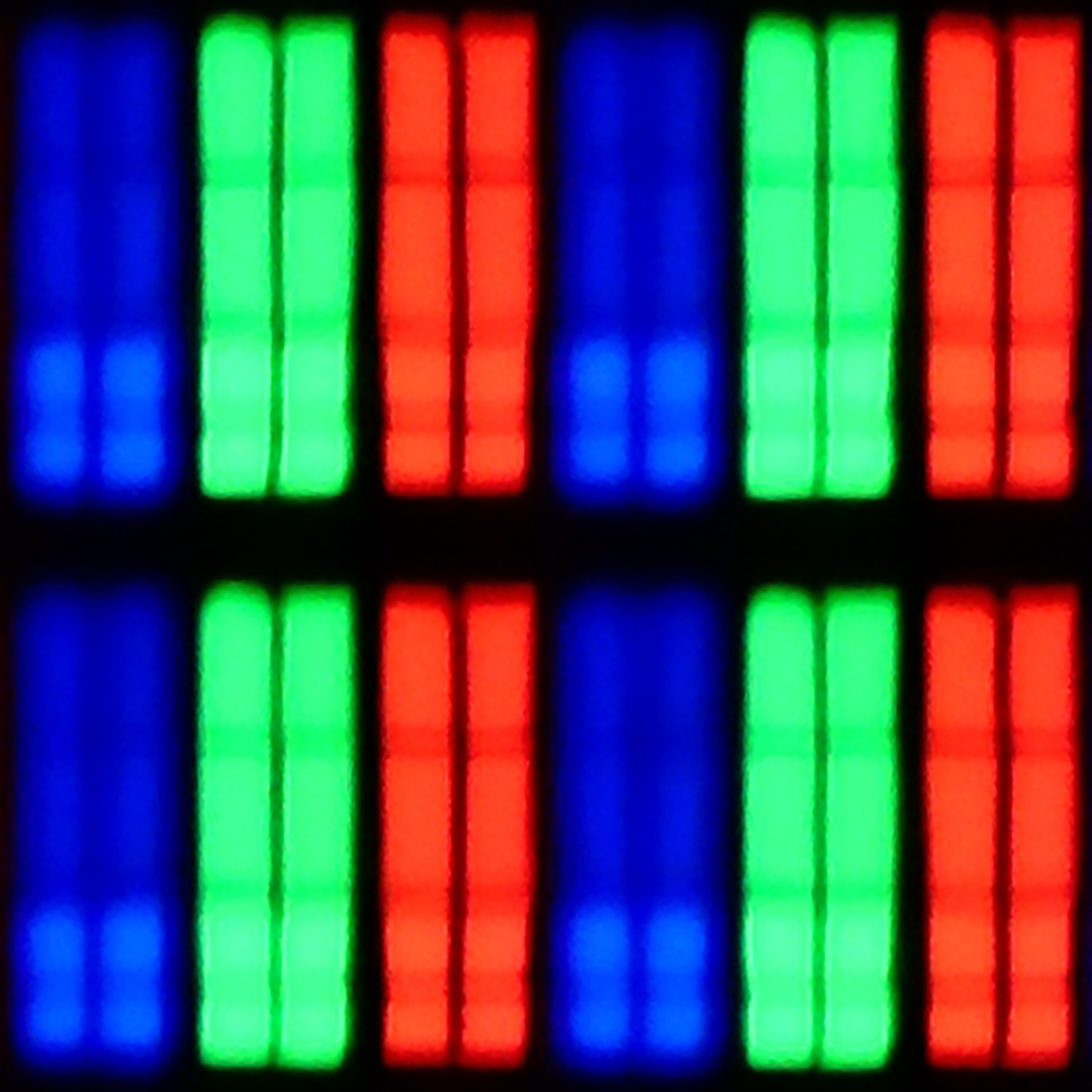
Panel uniformity and thermal imaging:

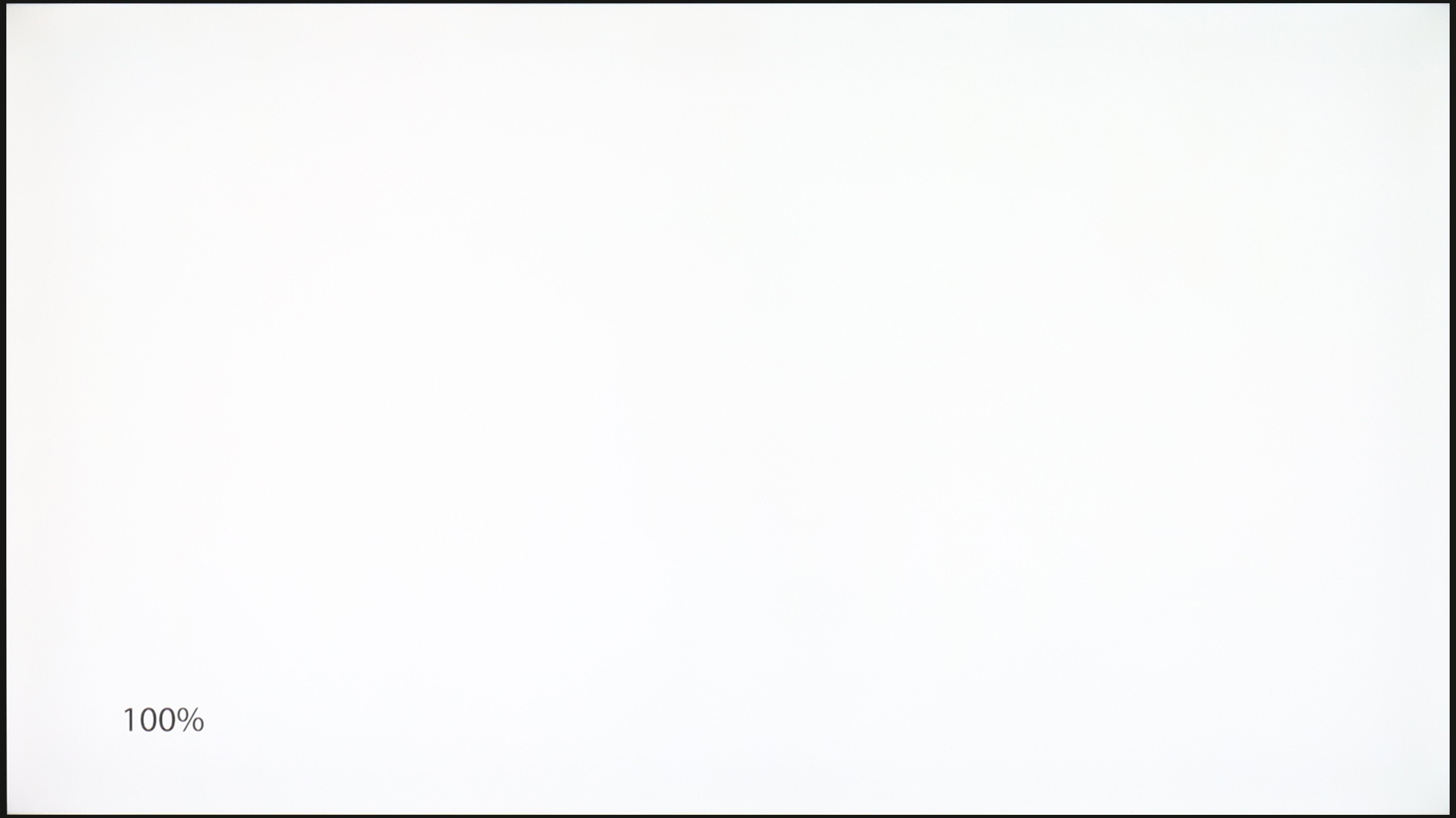
LG 55 B4
TCL C6K
TV features
8.9/10
7/10
- HDMI inputs0 x HDMI 2.0, 4 x HDMI 2.1 48Gbps2 x HDMI 2.0, 2 x HDMI 2.1 48Gbps
- OutputsToslink (Optical audio), eARC (HDMI), ARC (HDMI)Toslink (Optical audio), eARC (HDMI), ARC (HDMI)
- Network InterfacesWi-Fi 2.4GHz, Wi-Fi 5GHz, Ethernet (LAN) 100MbpsWi-Fi 2.4GHz, Wi-Fi 5GHz, Ethernet (LAN) 100Mbps
- TV receptionDVB-T, DVB-T2, DVB-S, DVB-S2, DVB-CDVB-T, DVB-T2, DVB-S, DVB-S2, DVB-C
Classic features:
- Recording to USB (terrestrial TV)
- Recording programming
- Picture in Picture (PiP)
- RF remote control (no need to aim at the screen)
- Backlit remote control
- Teletext
- Audio only mode
- Bluetooth headphones support
- Simultaneous Bluetooth headphones & TV audio
Smart features:
- AirPlay
- Screen mirroring (Windows Miracast)
- Voice search
- Voice search in native language
- Ability to connect a keyboard and mouse


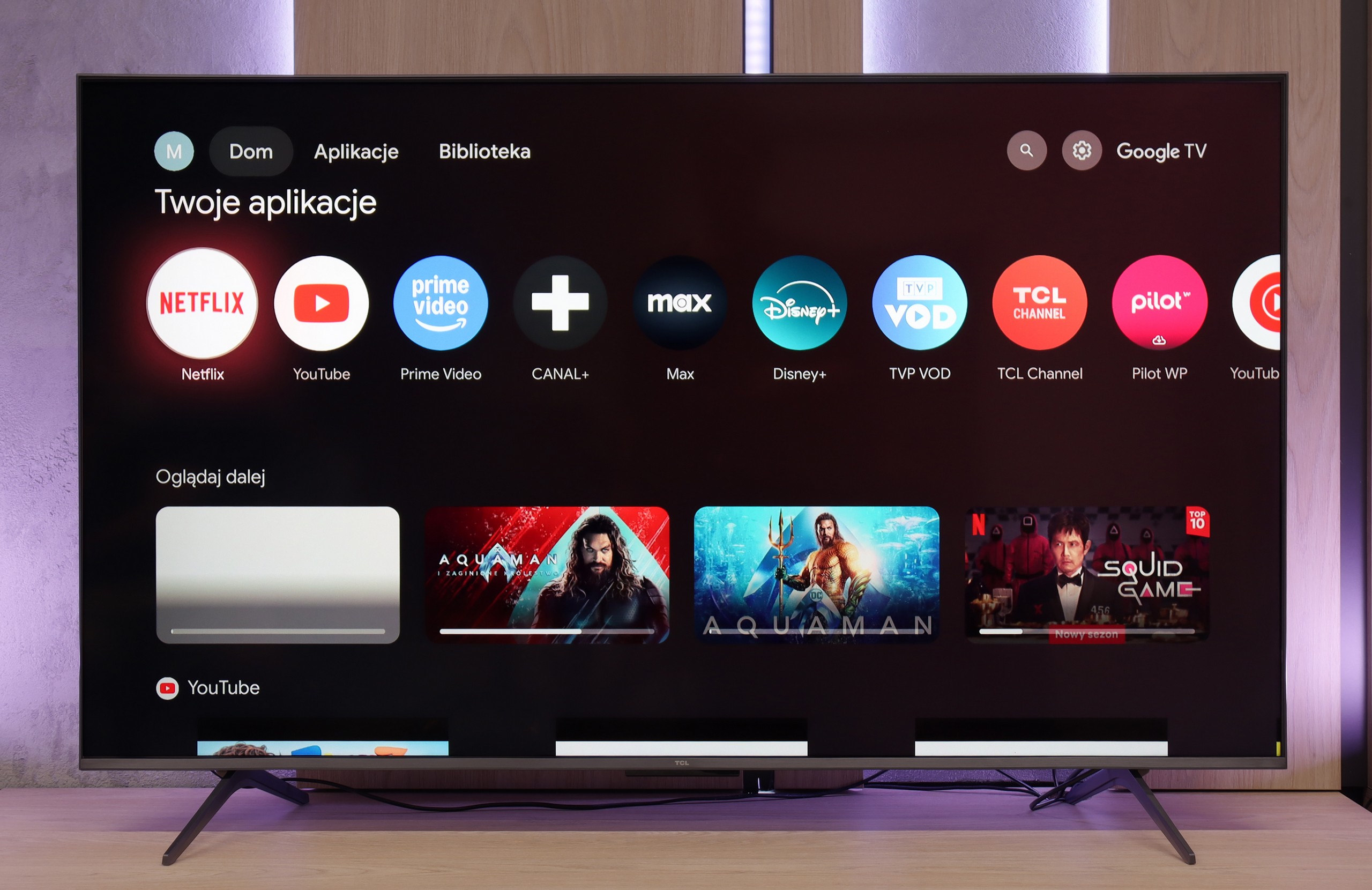
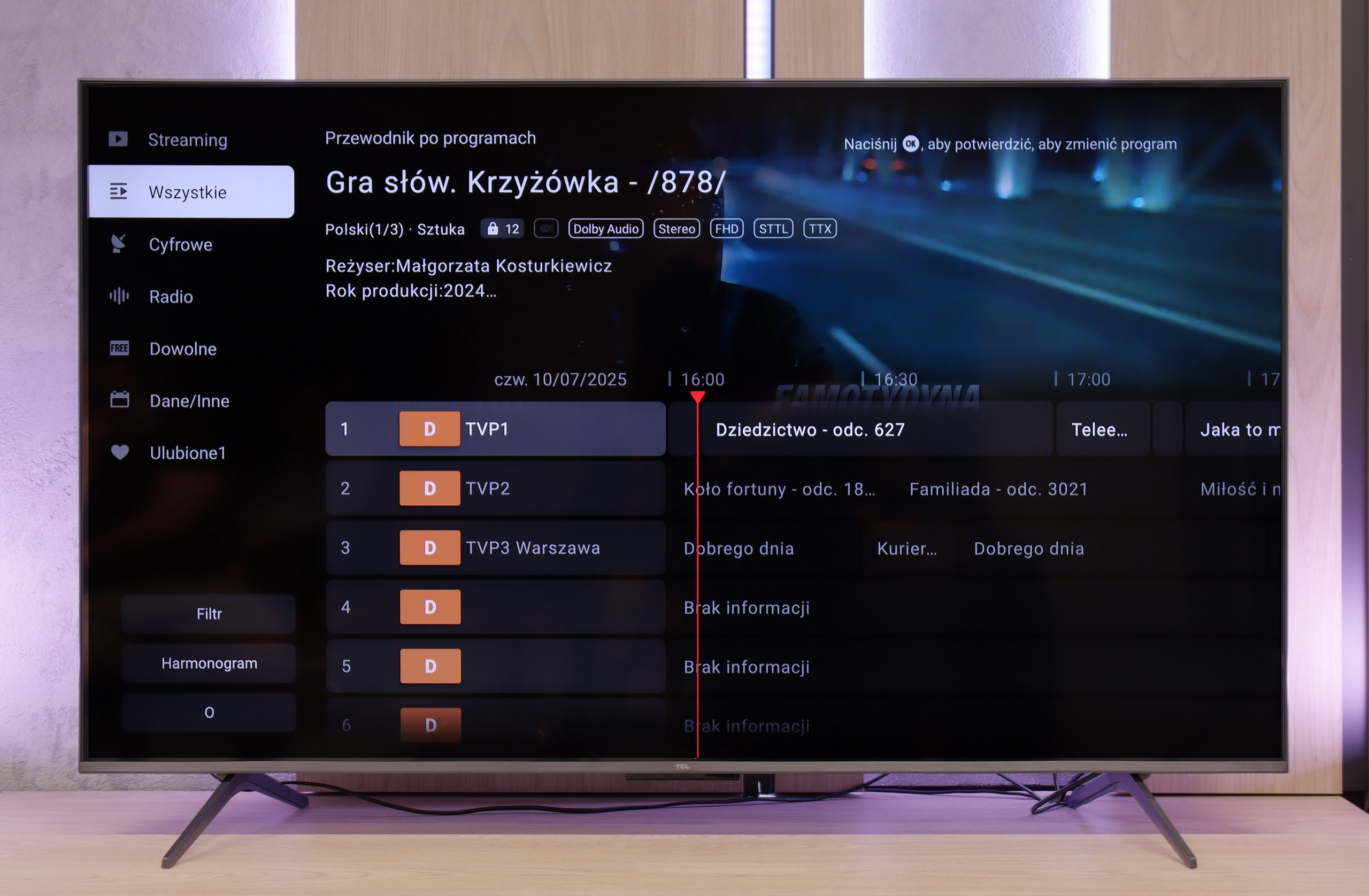
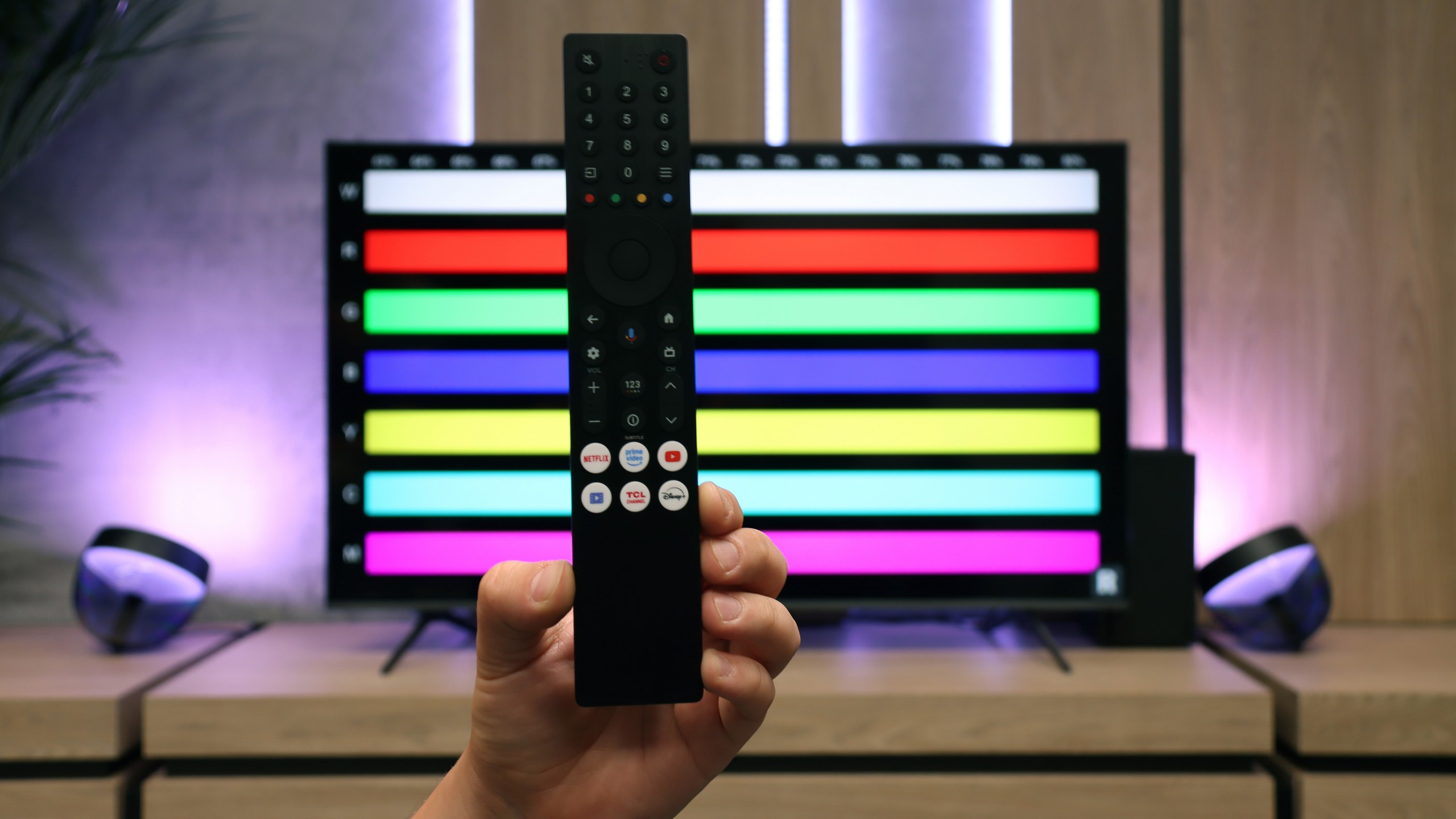
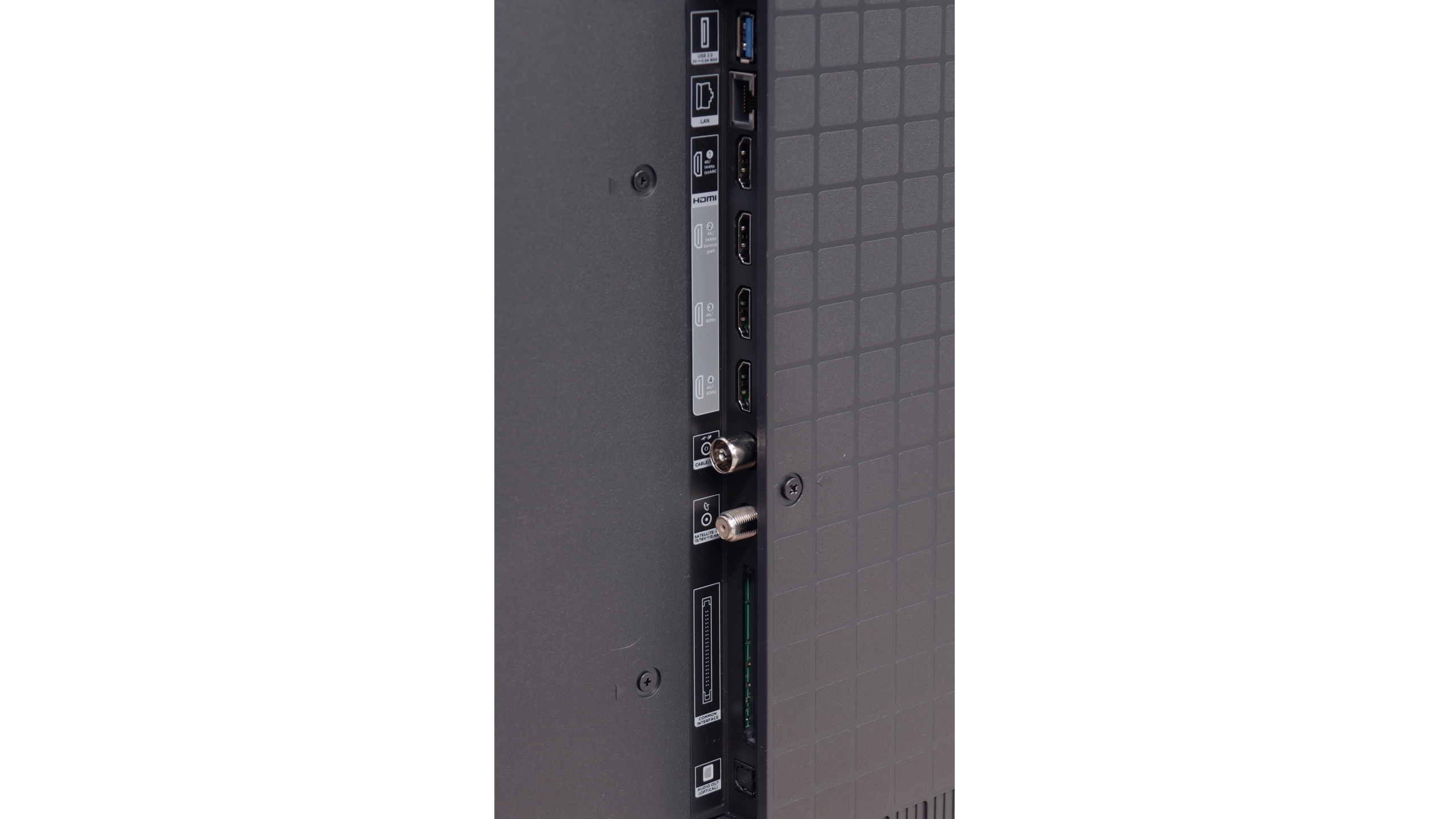
LG B4 uses the well-known proprietary WebOS system that has been around for many years. The system itself offers virtually all the most important applications, and those that are missing can be counted on one hand, such as CDA or KODI.
WebOS also features a highly valued ability to perform operations using a cursor that appears when the remote is in motion. The convenience of such a function is invaluable when entering queries or passwords for portals. WebOS, like most systems, also supports features such as screen mirroring, AirPlay, voice search in Polish, and the ability to connect headphones via Bluetooth. More down-to-earth things, WebOS allows us to use headphones and the TV's speakers simultaneously, which will surely be a great assistance for people with hearing disabilities. Among the more interesting features that will primarily appeal to sports fans, there is the option to turn on an alert informing about an upcoming match, ensuring that we never miss a broadcast. The home panel also deserves praise, allowing control of all smart devices connected to the home network. For example, the end of a washing cycle will be signalled by a notification in the top right corner.
In summary, the WebOS system, although less known and having certain limitations compared to Android TV, offers stable and fast operation and supports most features that users might need. It is a solid solution for those looking for a simple and effective operating system in a television.
Multimedia Features: Google TV
The standout feature of the TCL C6K is undoubtedly the Google TV system. It gives the television its character and gives it an edge over many competitors. We have a full suite of services – from support for popular streaming apps, through screen mirroring support, to AirPlay, so iPhone users will feel right at home. Additionally, there's Google Assistant (now in the Gemini AI version), which not only answers questions but also efficiently carries out simple commands like changing channels or searching for content on VOD services. The system itself operates quite responsively, although it’s hard not to mention a certain drawback – the clumsy translations in the Polish menu can elicit a smile but sometimes require a moment of thought to decipher what’s really meant.
Classic Features
When it comes to classic television features, the TCL C6K is rather average. We won’t find USB recording or PiP mode, which may be disappointing for some. However, the manufacturer hasn’t forgotten the basics – teletext television and a clear EPG are available, which still hold significance for some users. In everyday use, support for external audio devices via Bluetooth comes in handy – a straightforward way to connect a speaker or headphones, which could be a practical solution for seniors. Beyond that, it’s hard to spot elements that would distinguish the C6K from its competitors – it’s simply a solid, but standard package of basic features.
Playing files from USB
8.5/10
8.9/10
Supported photo formats:
Maximum photo resolution:

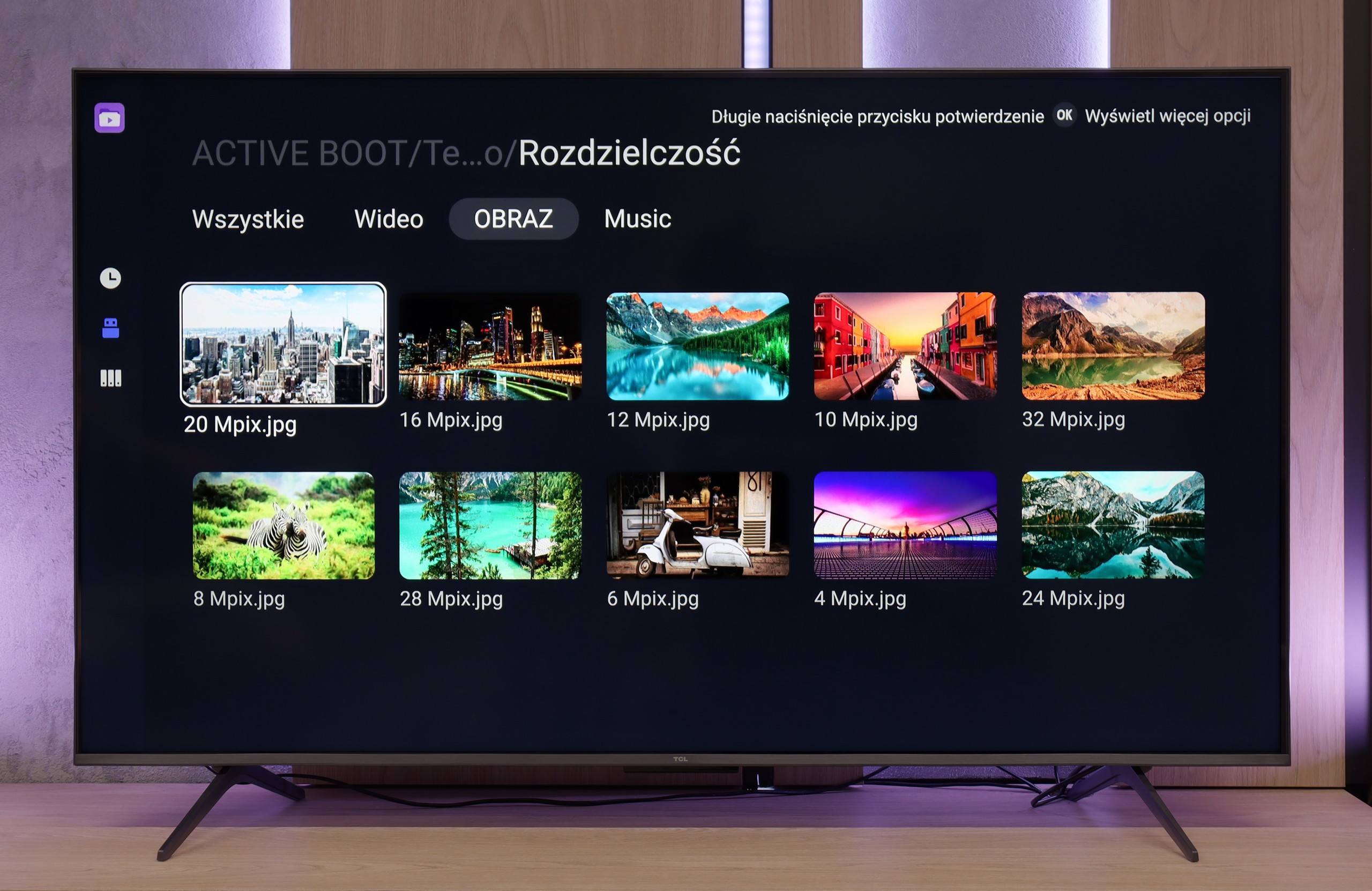
The default file player in LG B4 definitely handles most photos quite well, although it's surprising that some equally popular ones are missing. We can successfully play videos recorded in practically all the most popular formats, including Dolby Vision. The only codec that LG B4 won’t play is H.266 VVC, although this is currently rather unused. However, it’s worth noting the supported photo formats, which are just two: JPEG and PNG. Apple phone users may feel disappointed by the lack of support for the HEIC format, which is the default format when taking photos. The remedy for this is to use the built-in AirPlay feature. We should also mention the lack of TXT subtitle support.
The built-in media player in the TCL C6K performs really well – practically all popular file formats work without major issues. There are minor exceptions, particularly with less common codecs or unusual video file configurations, but in everyday use, this rarely becomes noticeable. The biggest plus, however, is that the television runs on Google TV, which offers complete freedom in choosing additional software. If someone encounters a file that the standard player can't handle, all they need to do is install an alternative – like VLC – and the problem disappears.
Apps
9.1/10
9.6/10














































Sound
7.1/10
6.5/10
- Maximum volume--
- Dolby Digital Plus 7.1
- Dolby True HD 7.1
- Dolby Atmos in Dolby Digital Plus (JOC)
- Dolby Atmos in Dolby True HD
- DTS:X in DTS-HD MA
- DTS-HD Master Audio
The audio system built into the LG OLED B4 can be considered quite decent. We can say that it holds up fairly well in its price range. The bass is quite noticeable, but it doesn't overpower the other frequencies. It can be said that the sound is reasonably well balanced. We believe that those opting for this class of display are, or will be, in possession of an appropriate audio system. Therefore, the presence of DTS-HD Master Audio and Dolby Atmos codecs is not insignificant.
In terms of audio, the TCL C6K performs quite well. The manufacturer has been boasting about its collaboration with the Onkyo brand for several years, and it indeed reflects on the sound quality. The sound is pleasant, with clear mid-tones and fairly crisp highs, and overall, it gives the impression of being well-balanced. Of course, it won't replace a proper soundbar, especially regarding bass depth, but for built-in speakers in a TV from this price segment – it’s really quite good.


